After breakfast at La Playa Restaurant, we all weighed the activity options available for us on the island and they had quite a few – ziplining, ATV (All-Terrain Vehicles), swimming (beach or swimming pool), hiking and sea kayaking. We opted to try the first two. A ride at the ROCKet Zipline, a first for everyone except me (I’ve tried it twice before in previous visits to the island) would set us back PhP100 each. The zipline system actually originated in Europe and and was used to cross mountain ranges.
Check out “Launch of ROCKet Zipline“
We proceeded to the zipline’s jump-off point, 40-ft. high, amphitheater-like ravine just outside the Corregidor Inn. I took first crack at it, donning a seat harness which was strapped around the waist and thighs, then was clipped into a double-pulley system with a backup line. Once suited up, I walked to the edge where I stood on a raised platform then was unceremoniously shoved down the 655-ft. long free-fall cable line.
Check out “Hotel and Inn Review: Corregidor Inn“
Propelled by gravity, I literally flew through the air, so to speak, as I sped past nearby trees, spreading my arms wide and turning around to face the sea, as I was cheered on by my family. Near the end, 2 brakes slow down your travel as I approached the 16-ft. high receiving platform at South Beach where a guide assisted me in getting off the zip-line system.
Then it was Grace’s turn to try out this 25-second adrenaline rush which traversed just about half of the narrowest point of the island. She was followed by Marve, Cheska and, lastly, Jandy. Truly a nice, first-time experience for all of them. I wished it were a longer ride but this was not possible, as I would end up in the sea.
It just so happened that the receiving platform at South Beach was conveniently located beside the parking area for the ATVs. There were 10 4-wheeled, off-road ATVs for us to rent (at PhP500/hr. or PhP300 for 30 mins.). We picked out two ATVs and Cheska and Marve took first crack at it. But first, they had to don helmets, knee guards and elbow guards plus listen to our guide as he instructed us on how to use it.
Soon, both were off to the man-made, winding and bumpy dirt track especially blazed through the grassy field for that purpose. Grace took over from Cheska followed by Jandy while I took over from Marve. It all fun, especially for Jandy who rode the longest. It was my second time to ride an ATV, but I was still wary driving it over rocks, thinking I would topple over.
We soon had our fill after nearly an hour and we were already hungry, so we hied off back to La Playa Restaurant where we had a very late lunch.
Sun Cruises, Inc. (SCI) – Reservation Office: CCP Terminal A, CCP Complex, Roxas Blvd., Manila. Tel: (632) 831-8140 and (632) 834-6857 to 58. Fax: (632) 834-1523. E-mail: suncruises@magsaysay.com.ph.

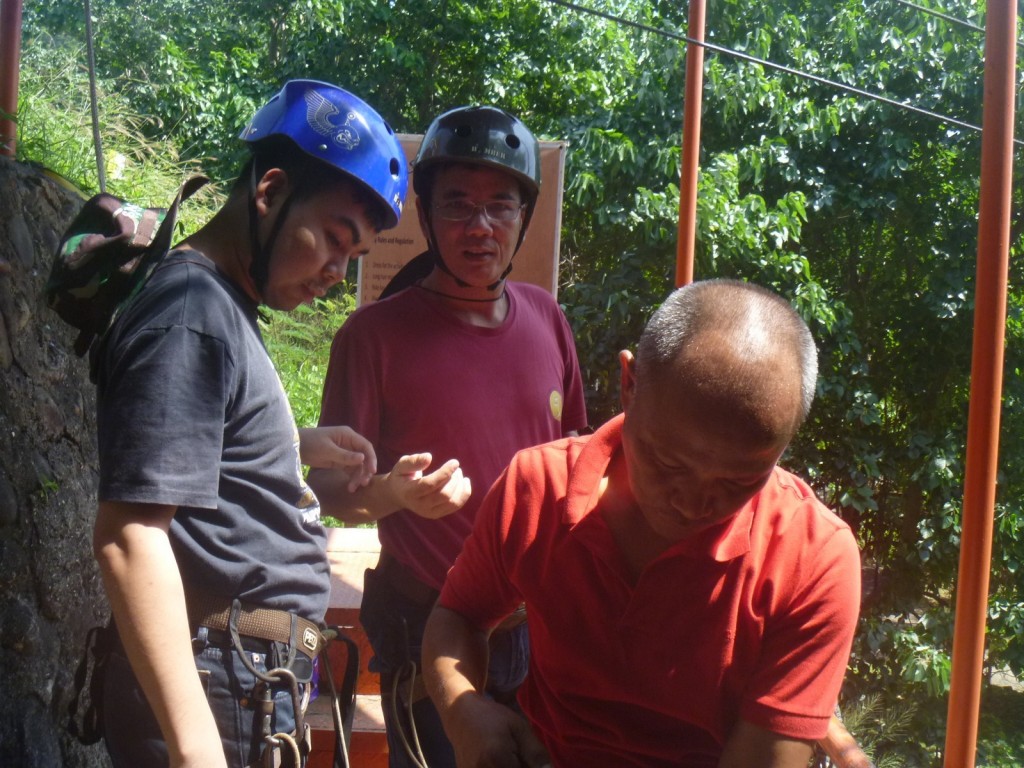
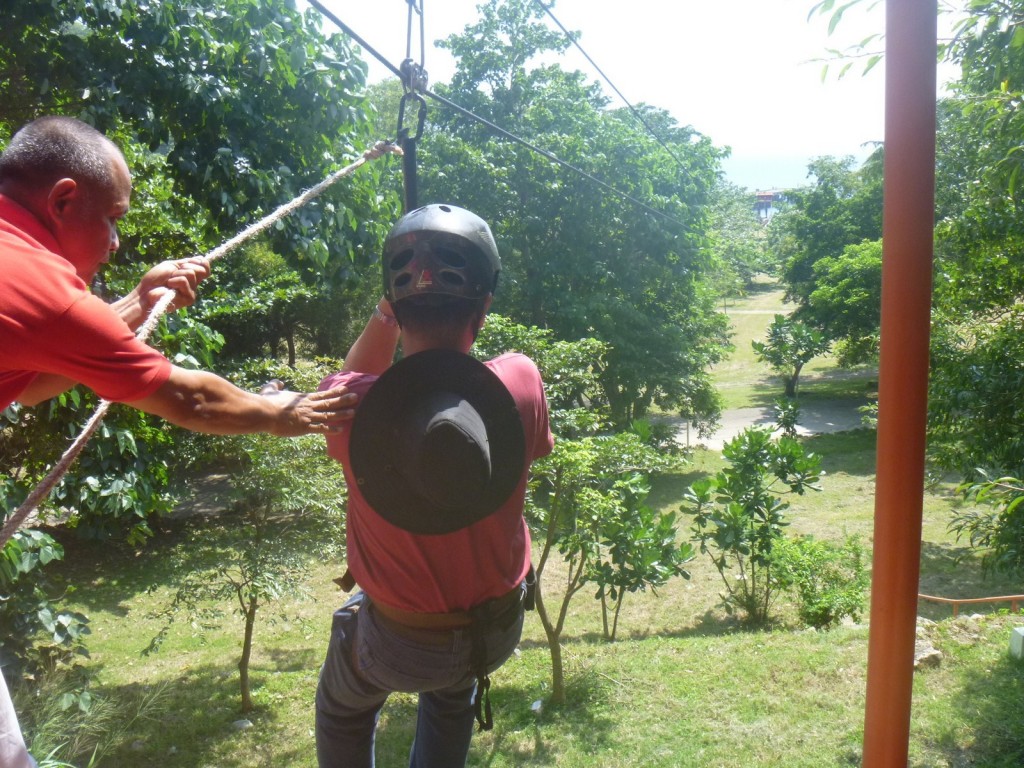
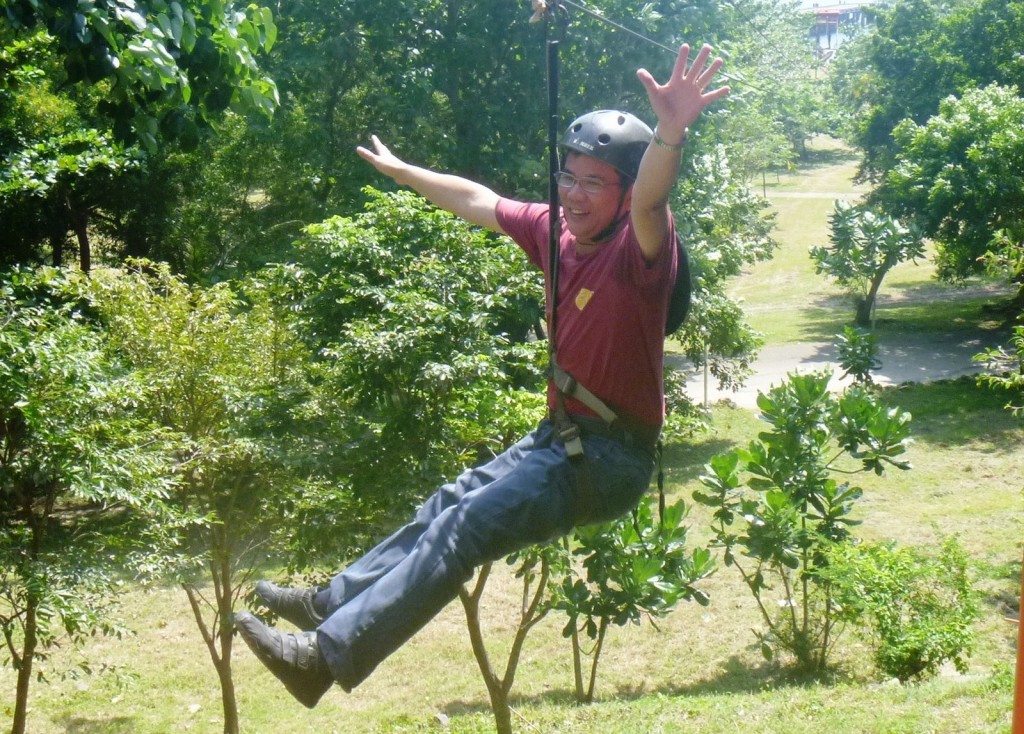
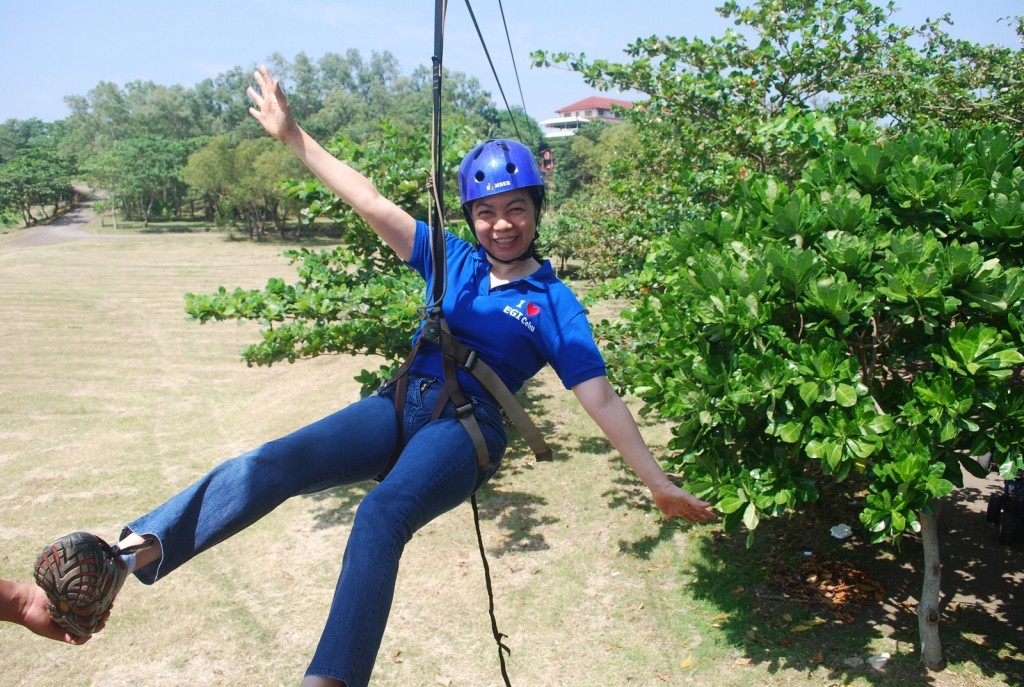
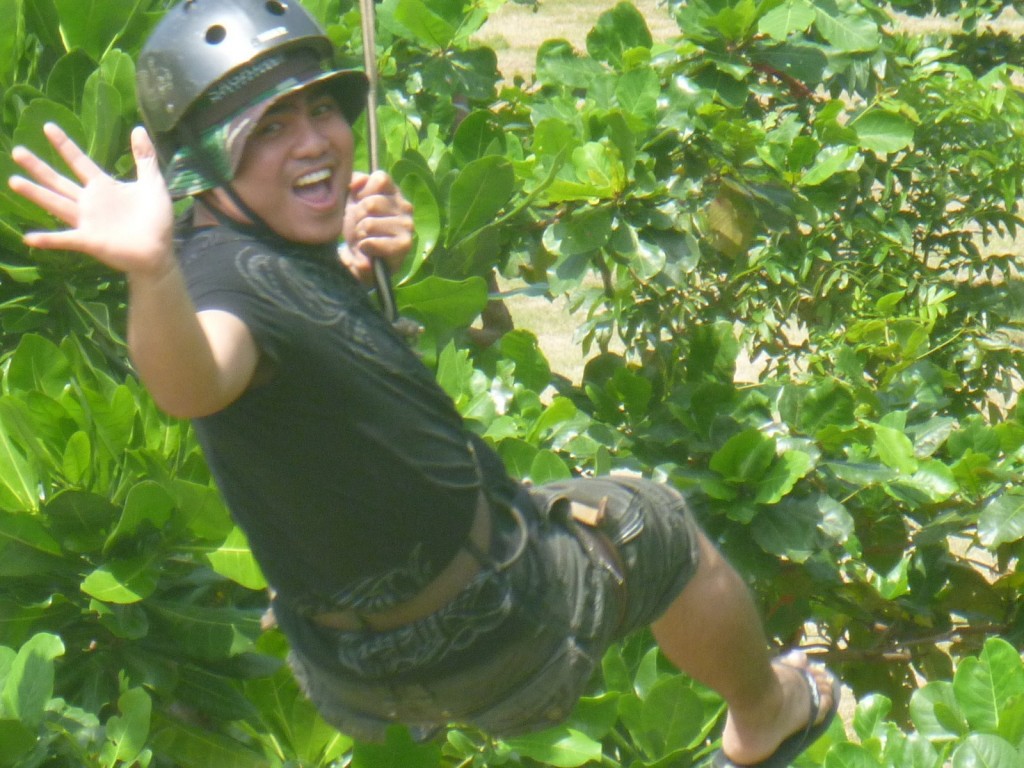
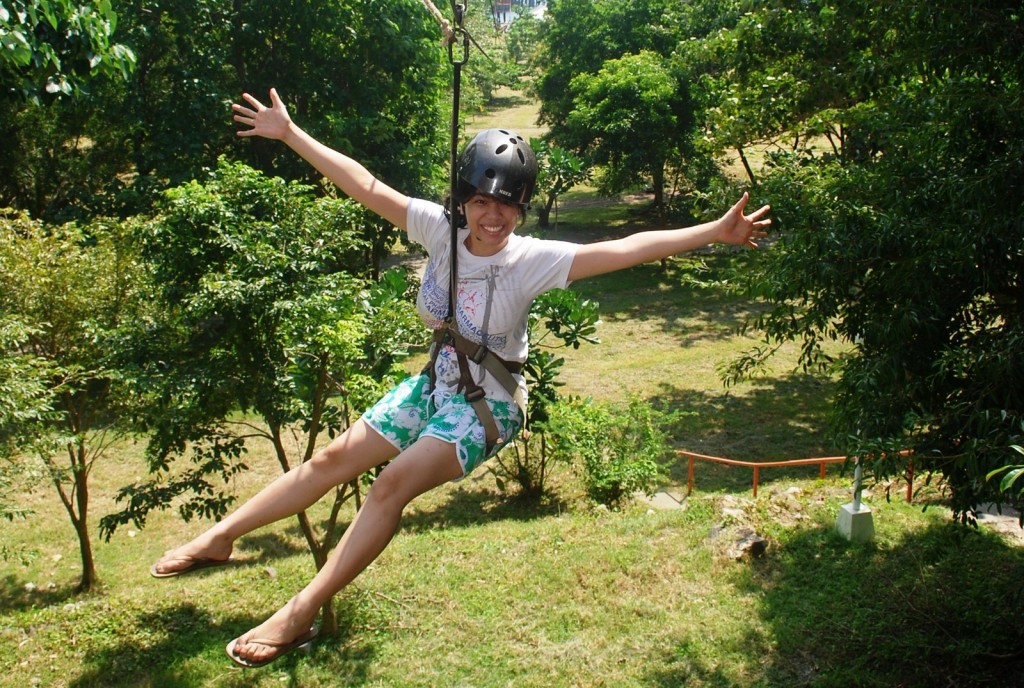
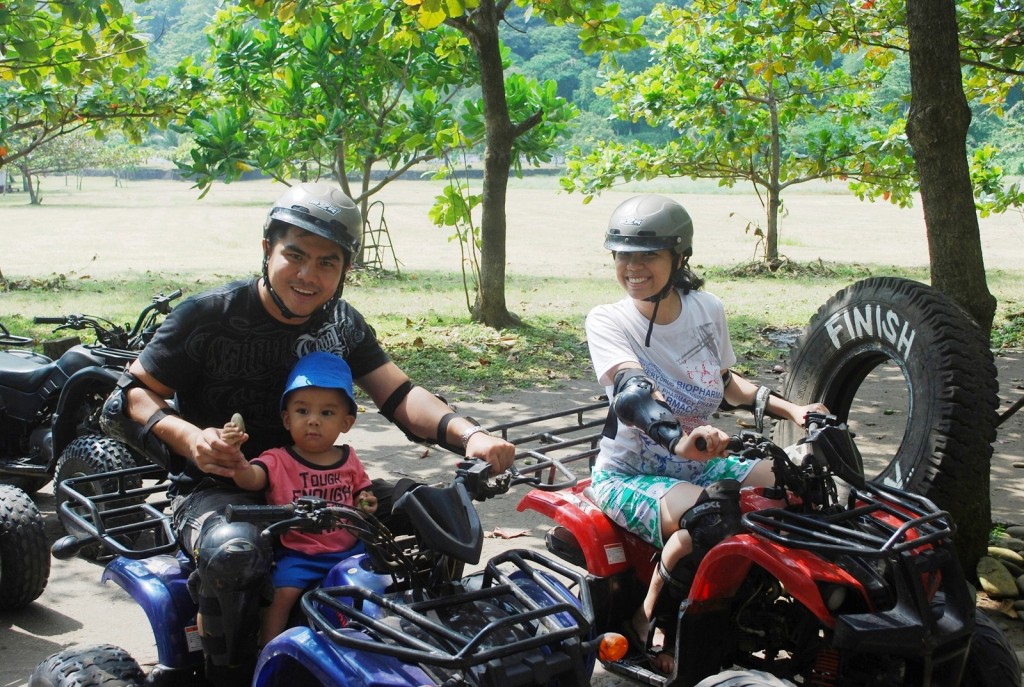
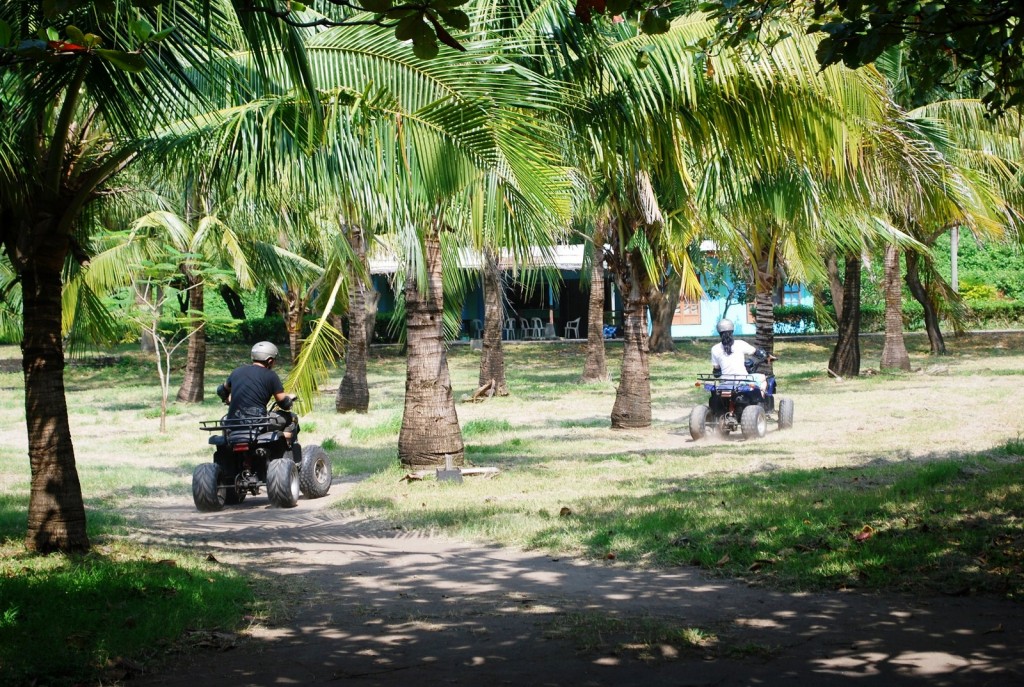
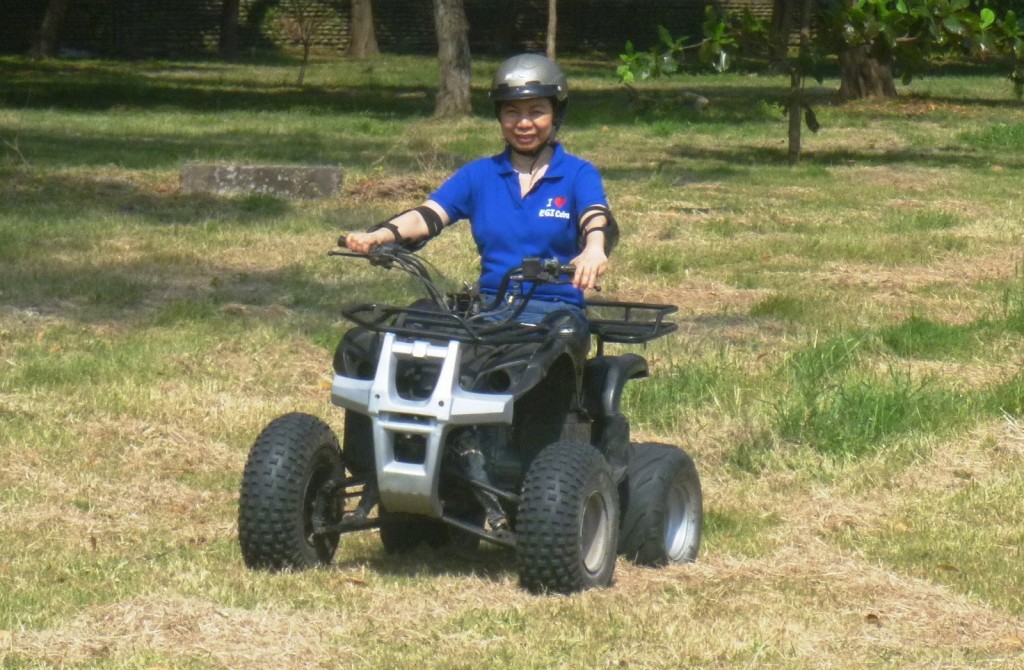
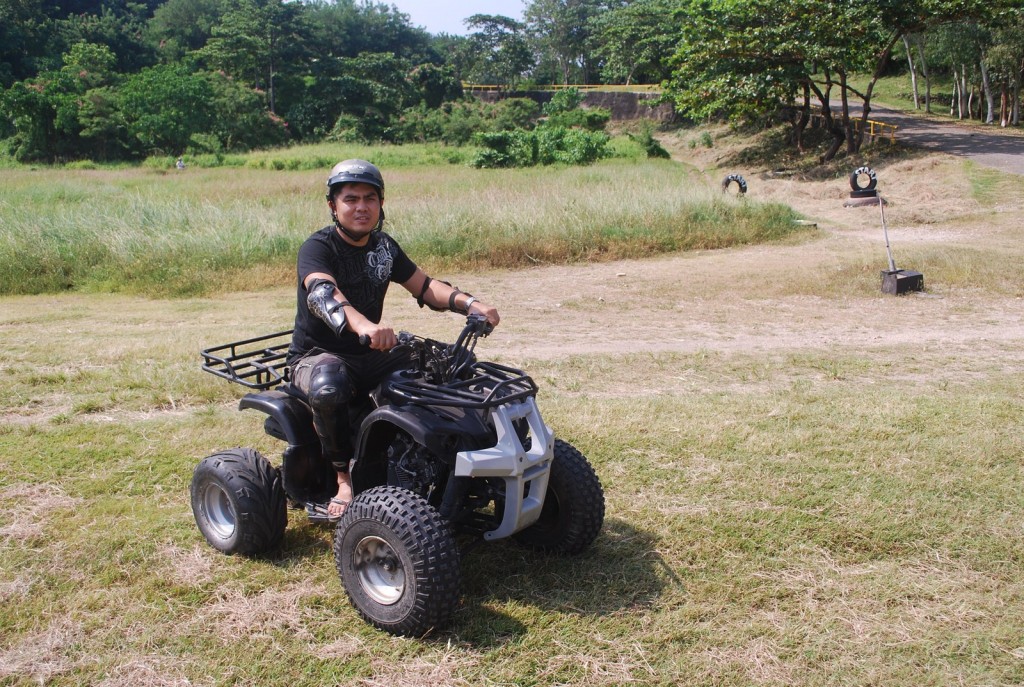
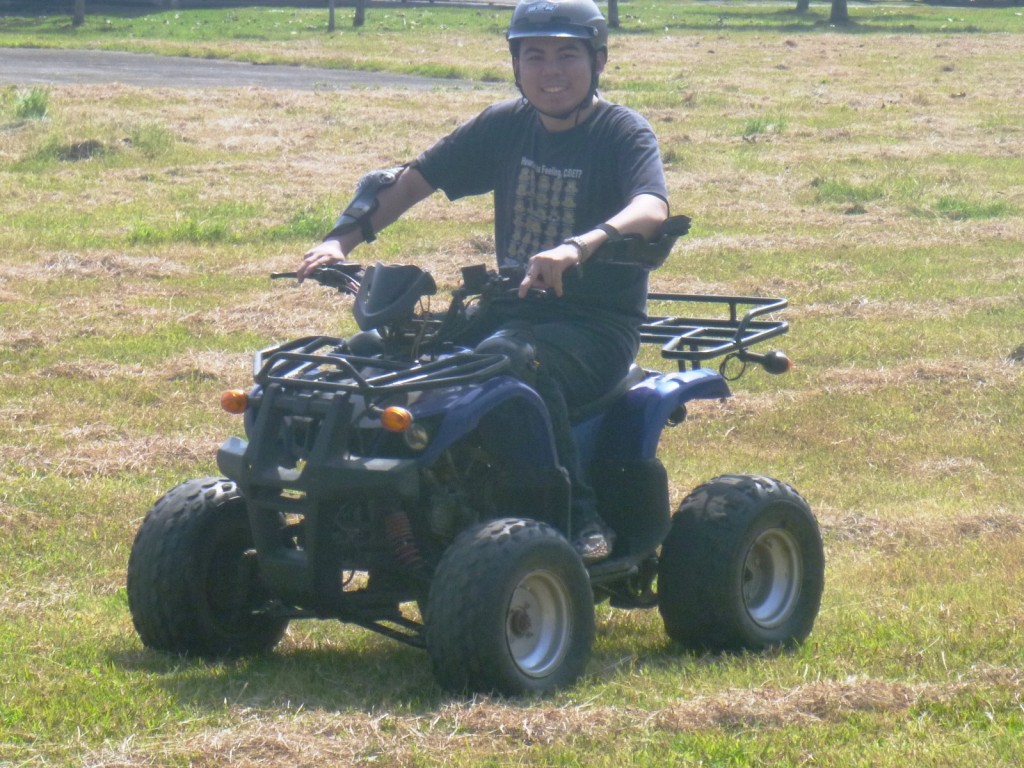
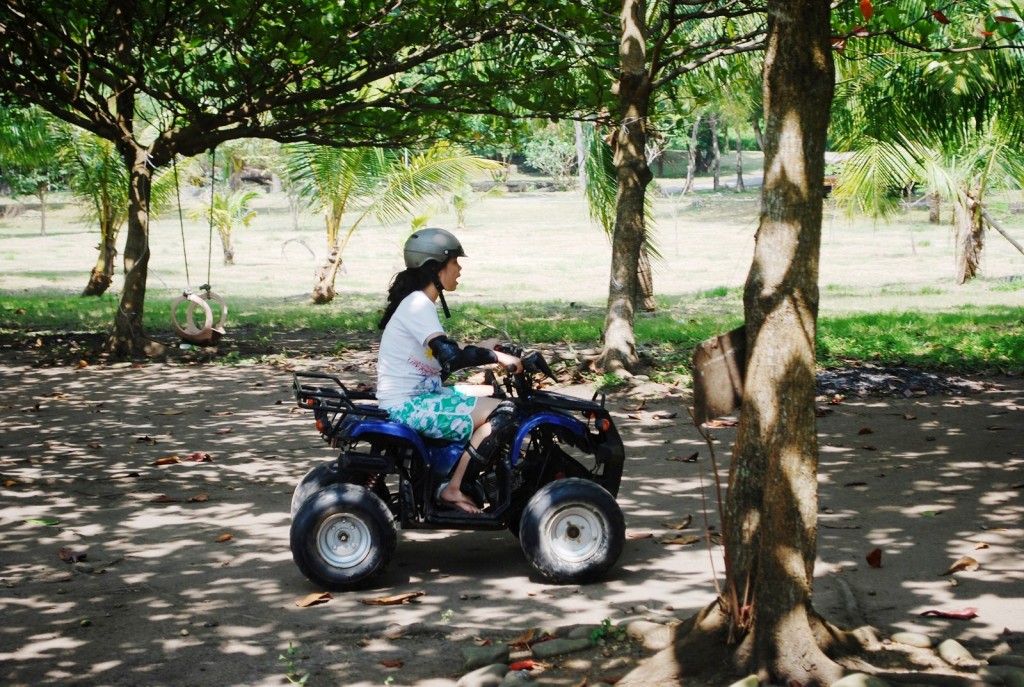
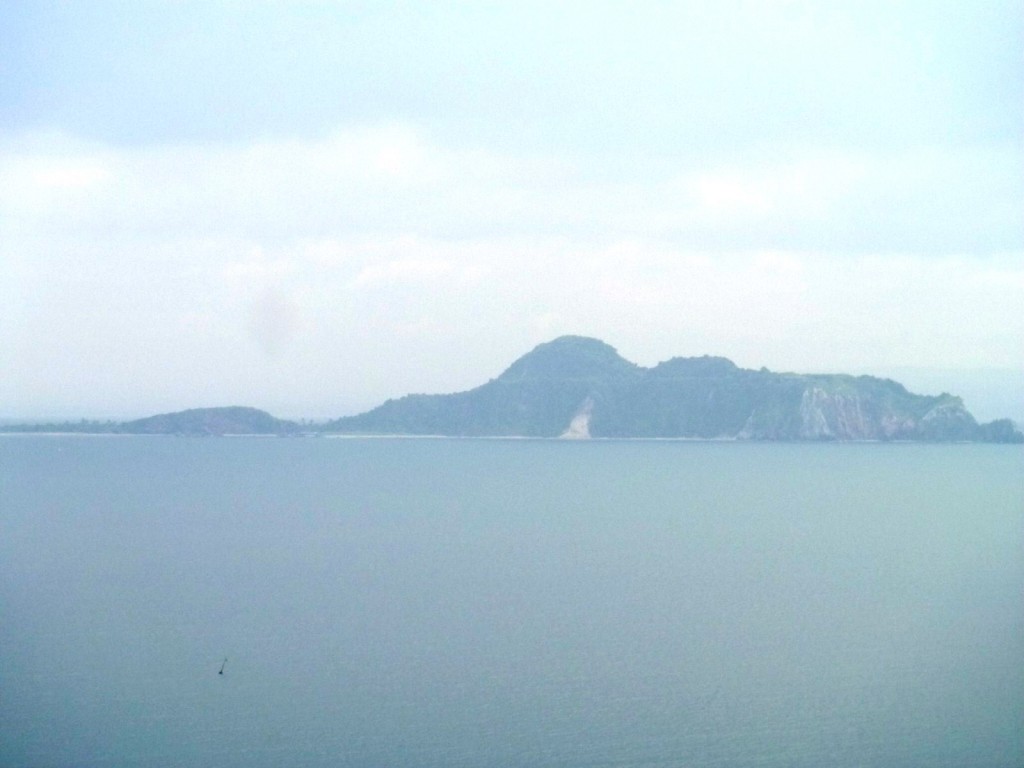
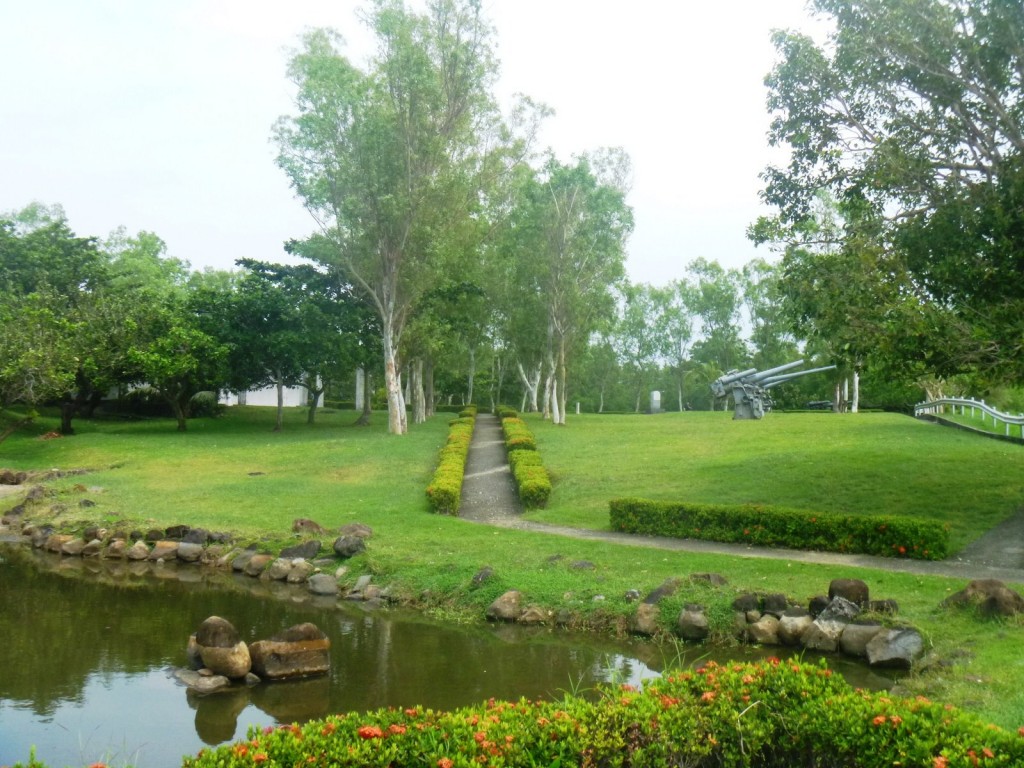
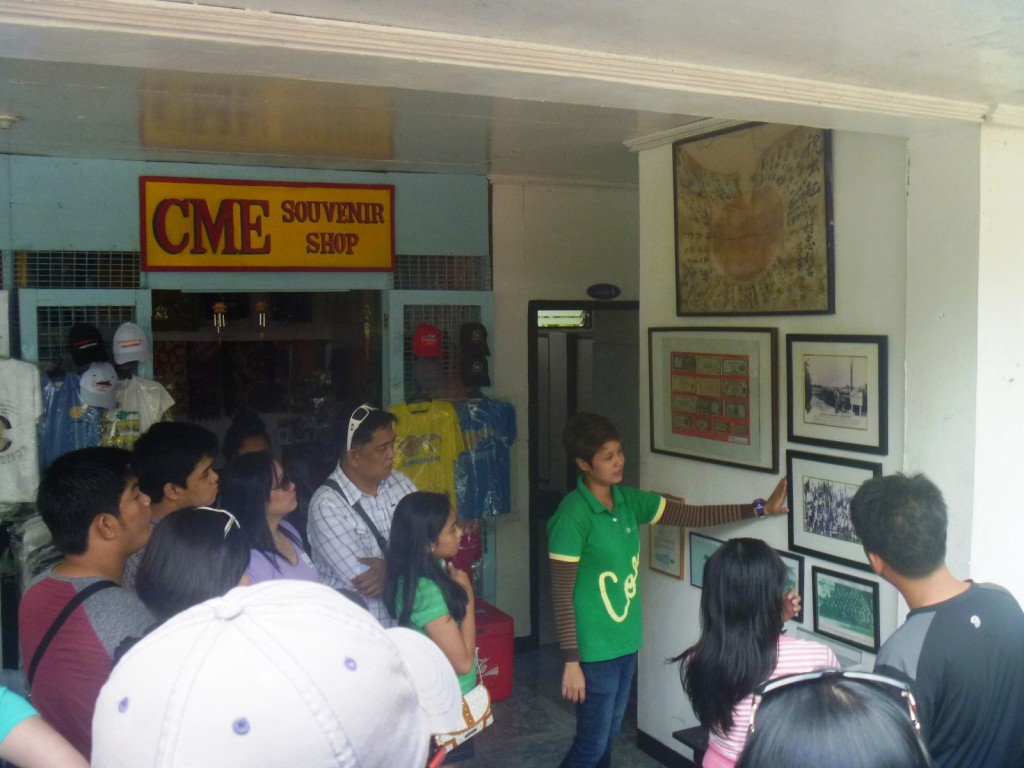
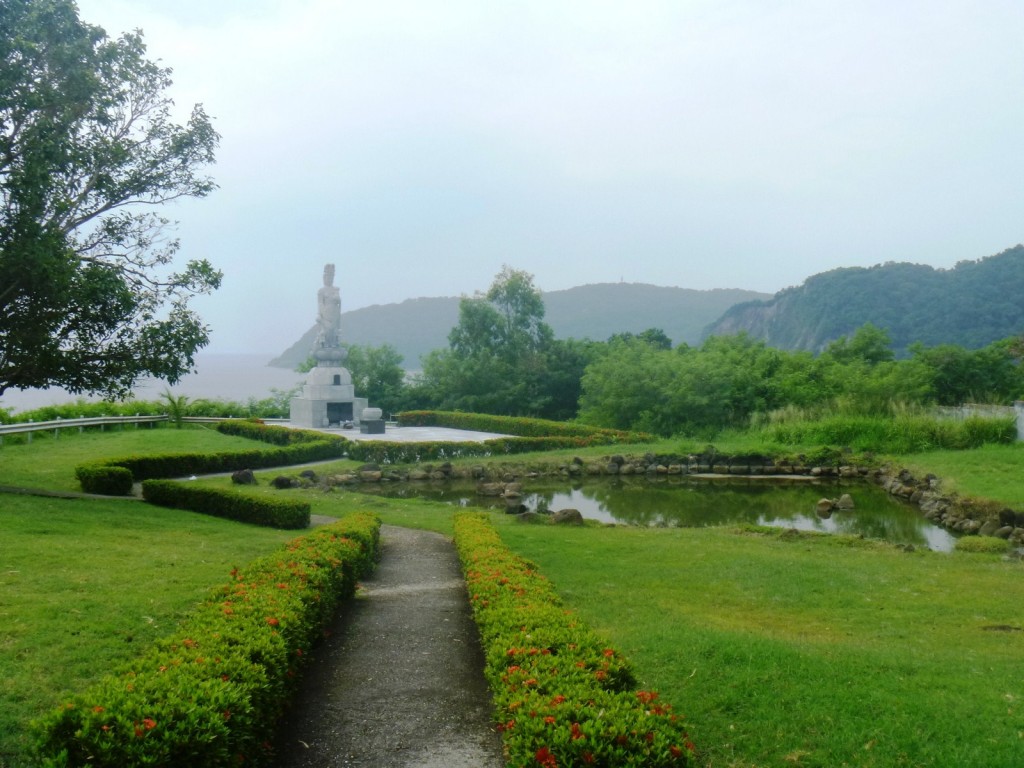
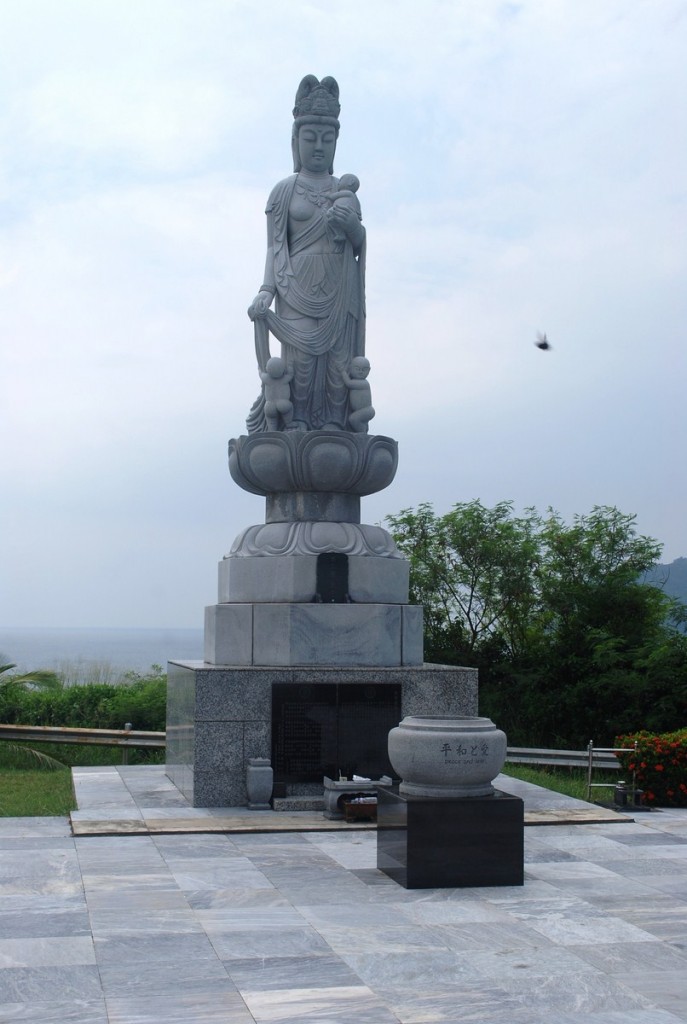
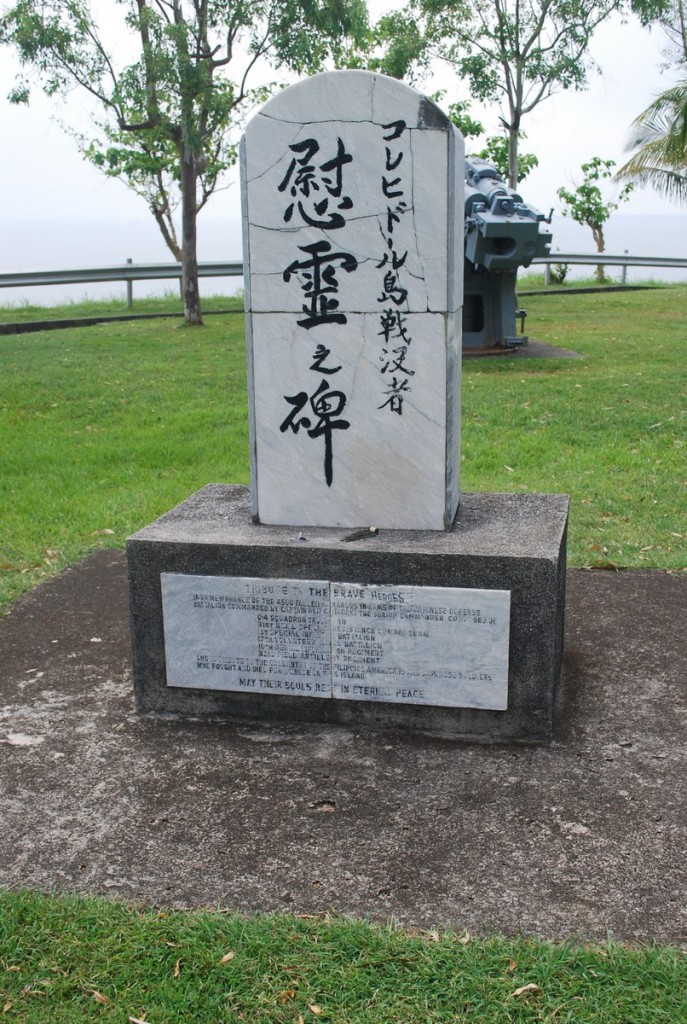
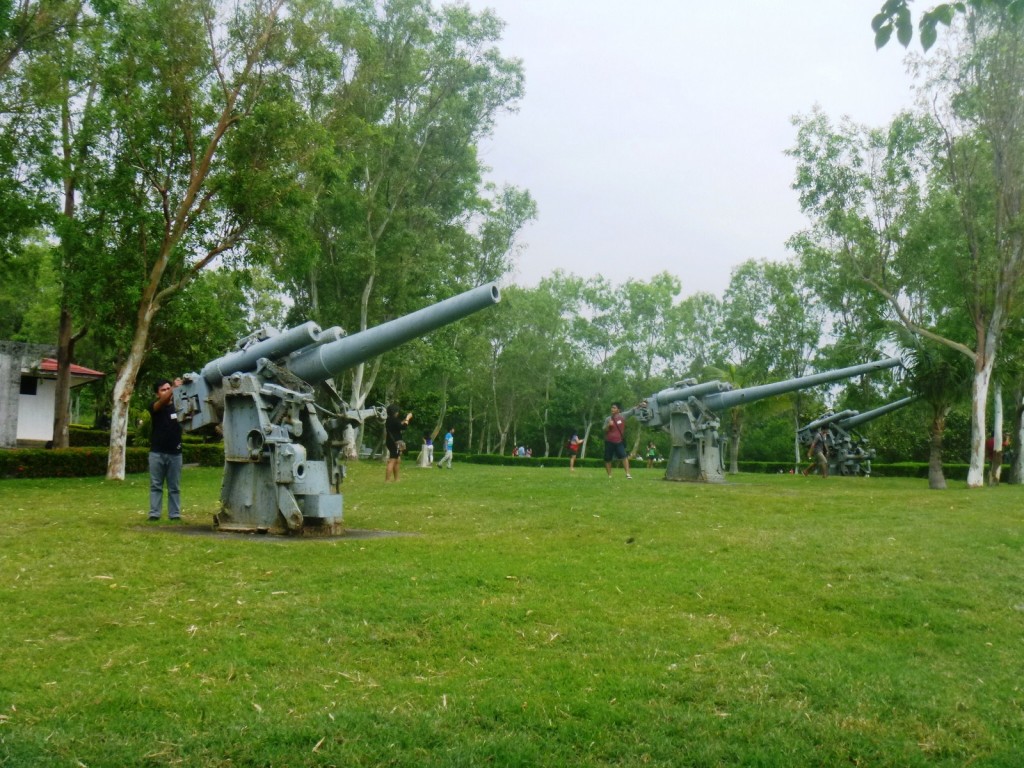
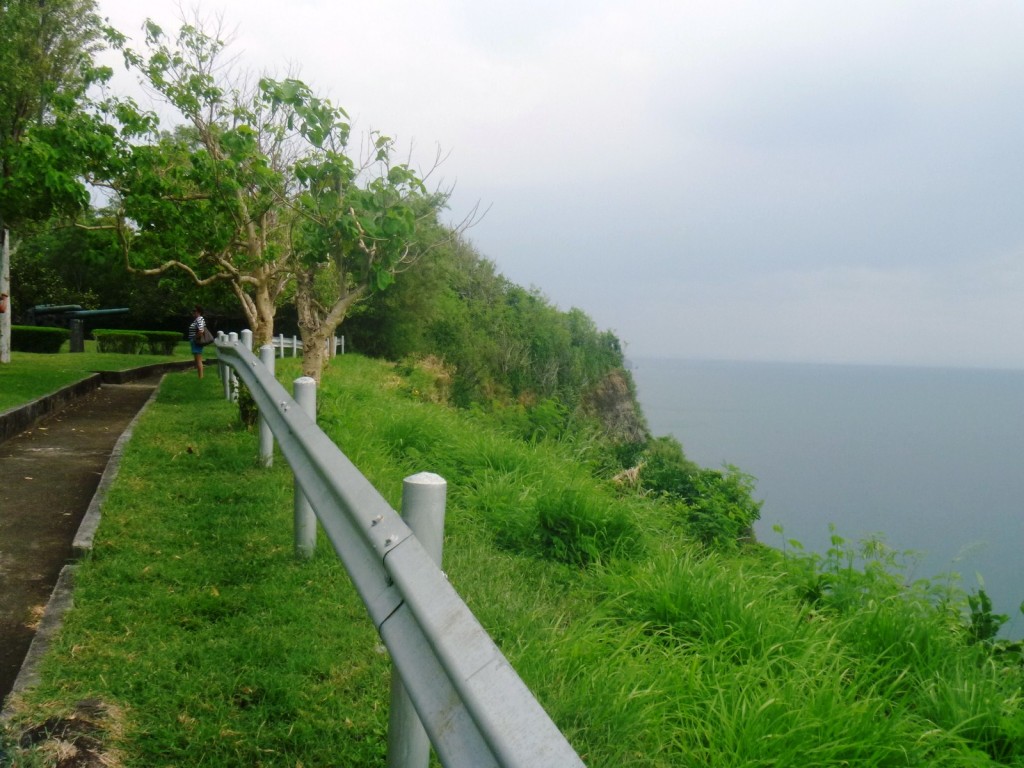
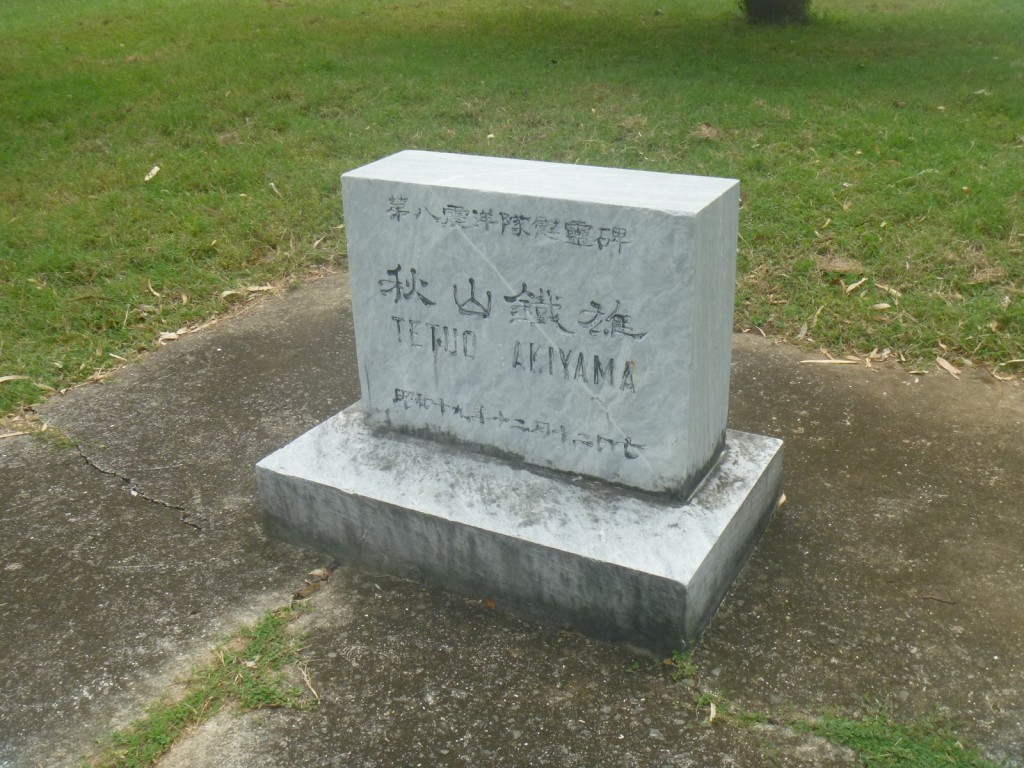
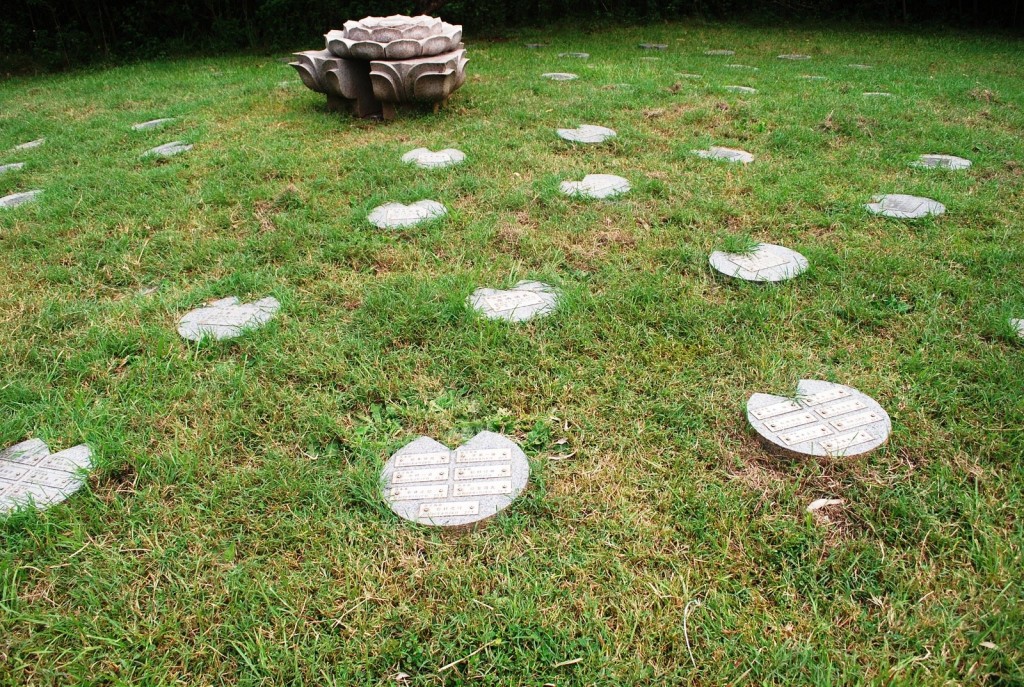
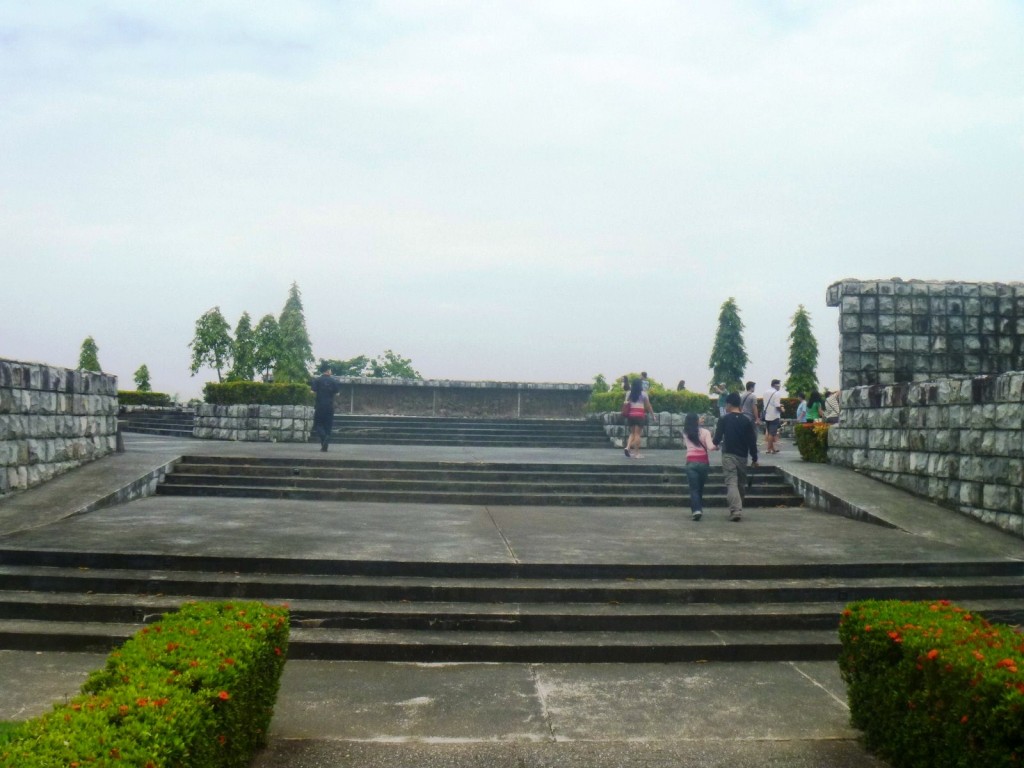
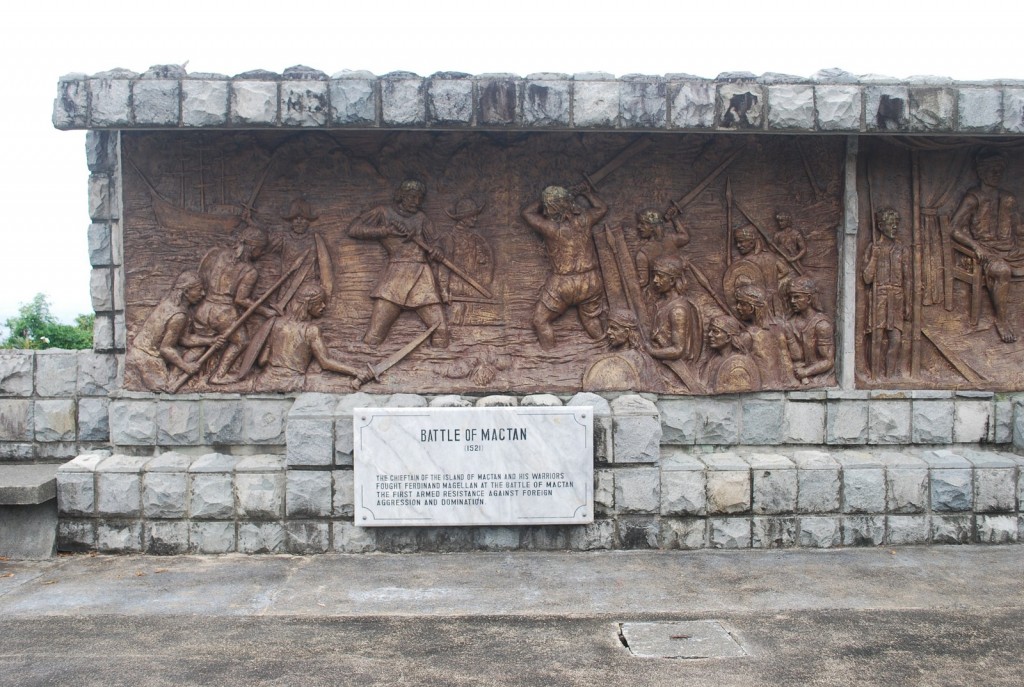
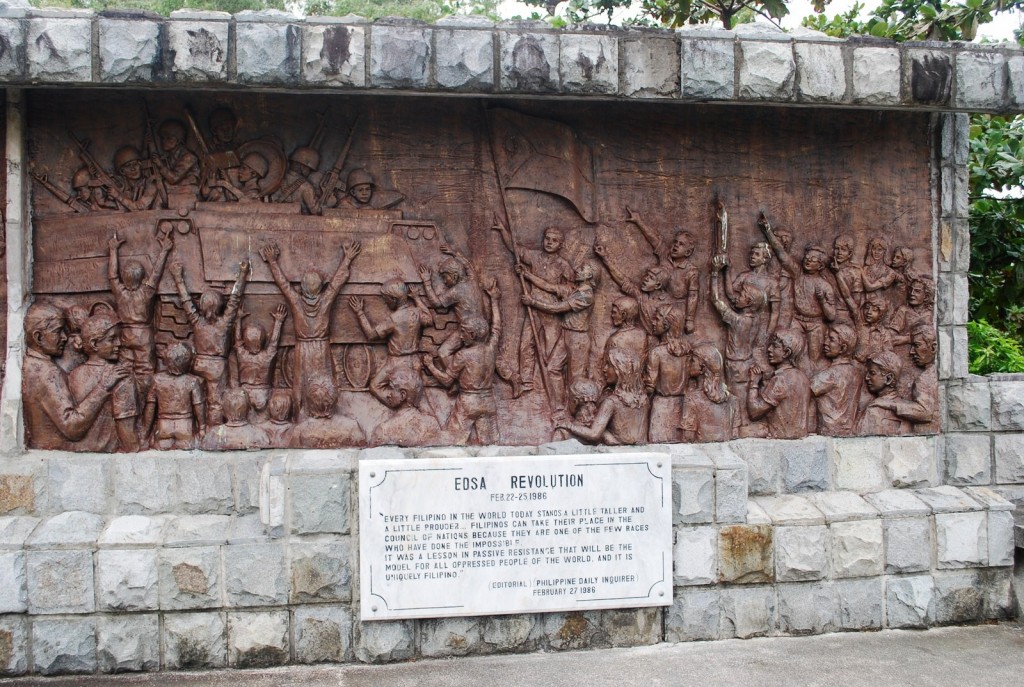
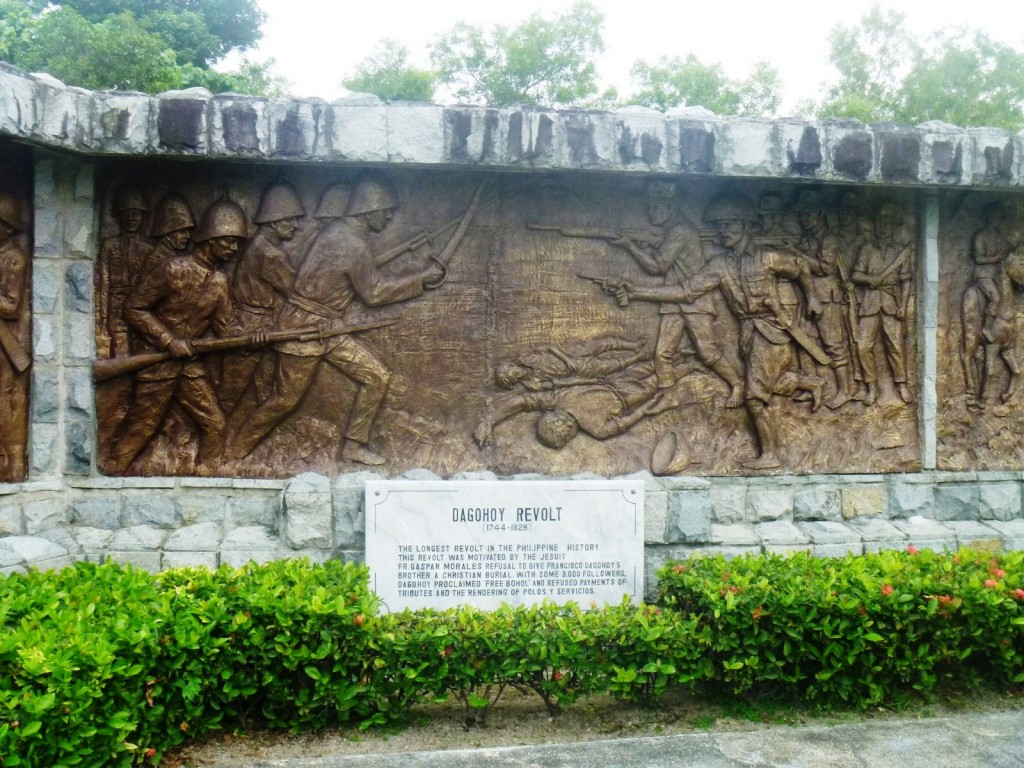
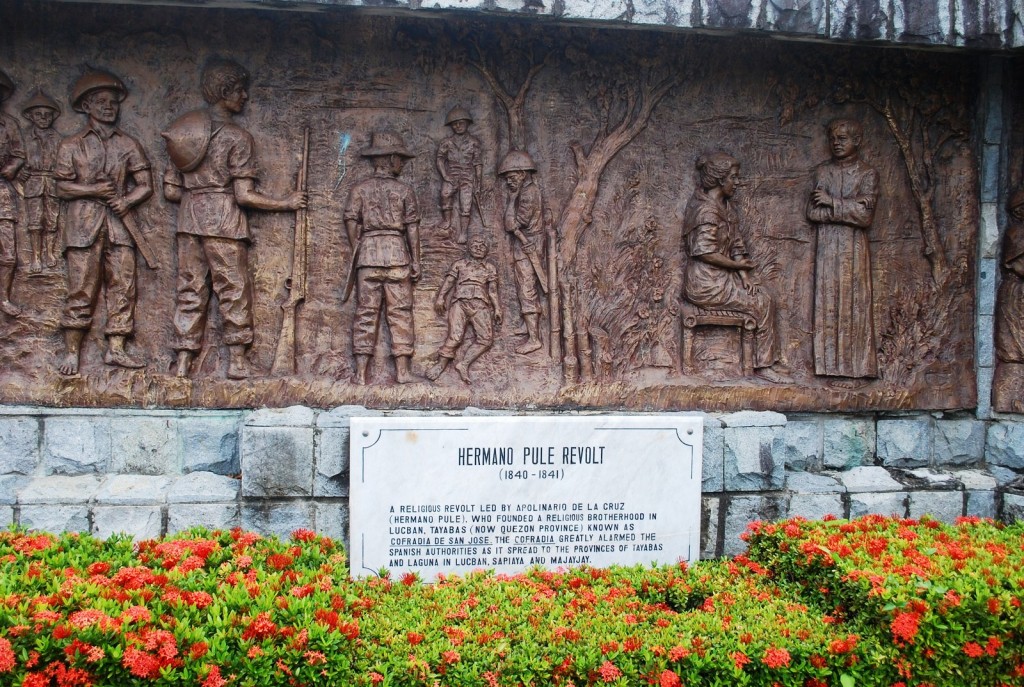
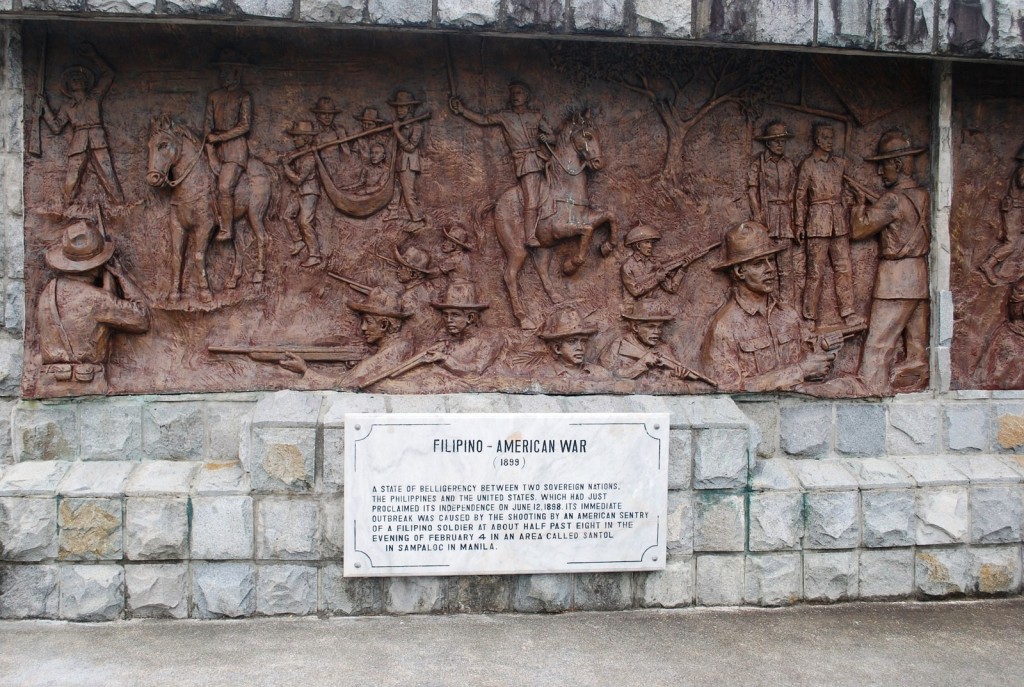
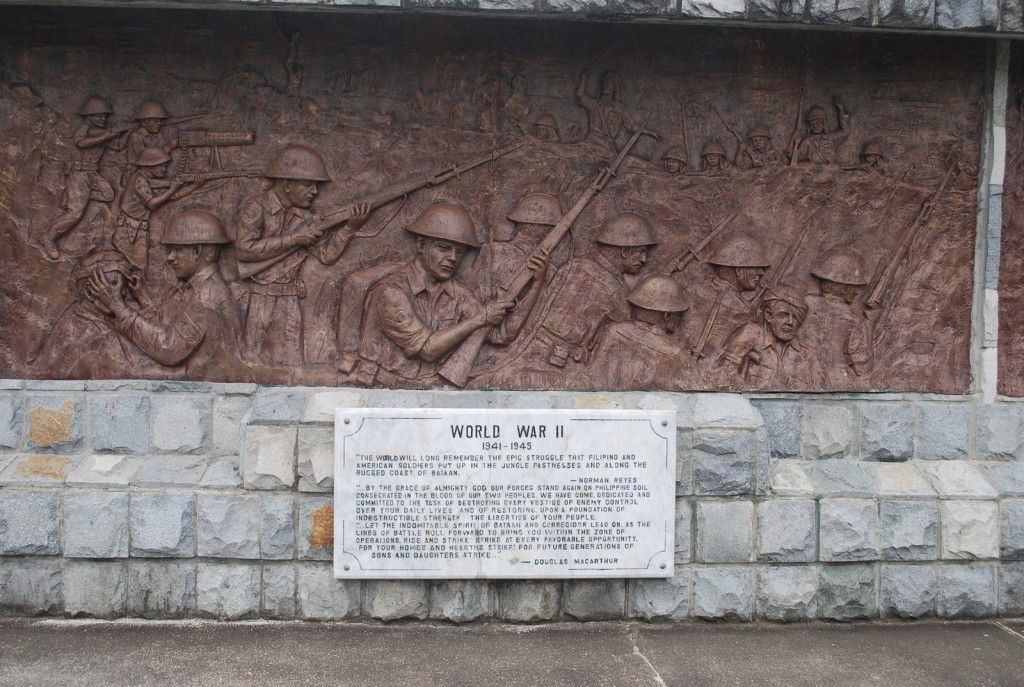
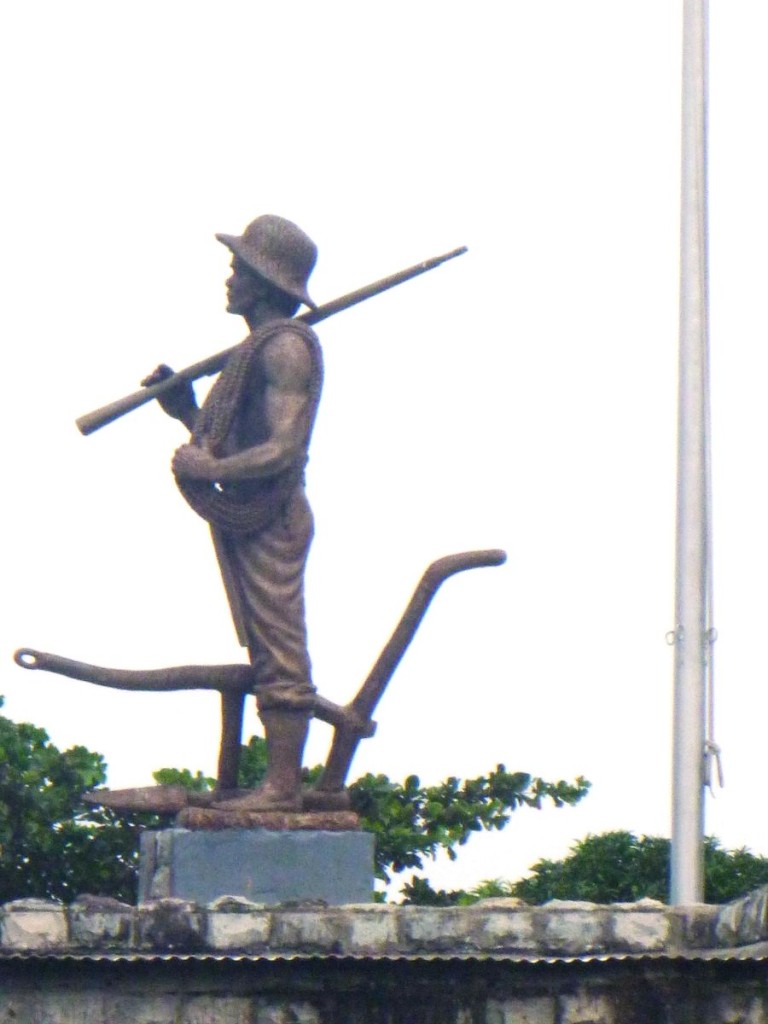
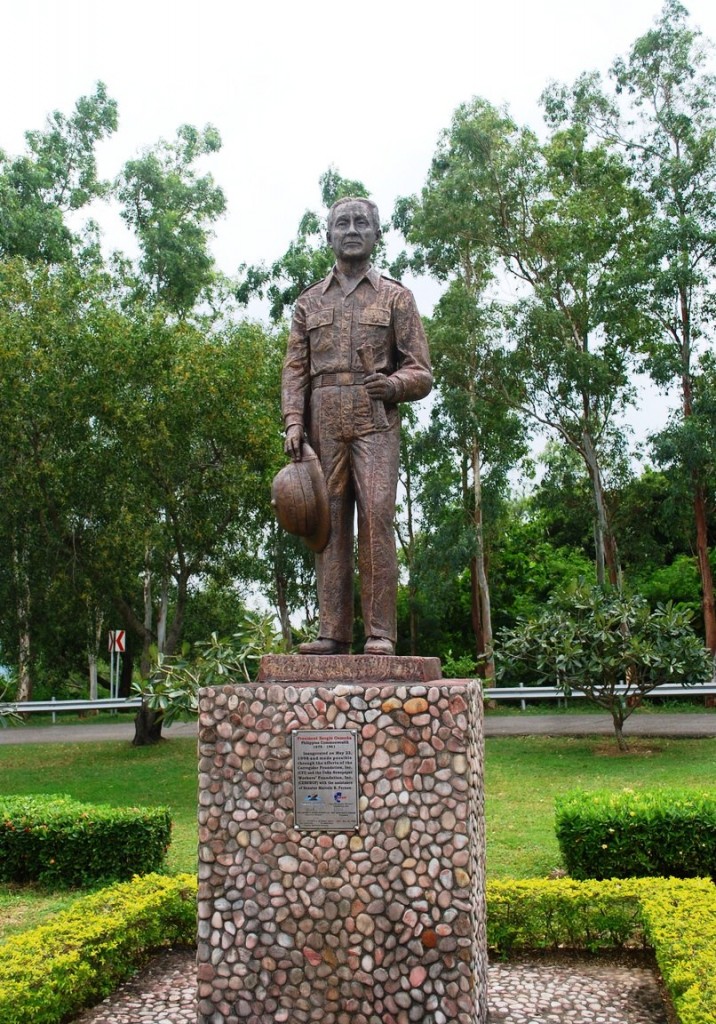
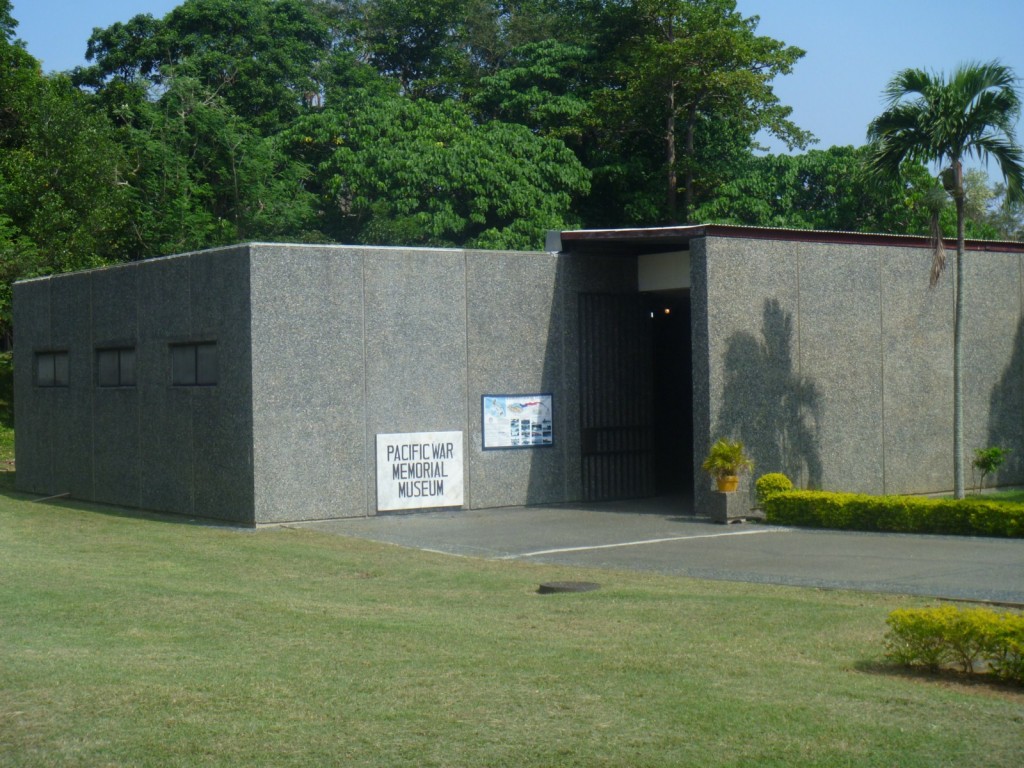
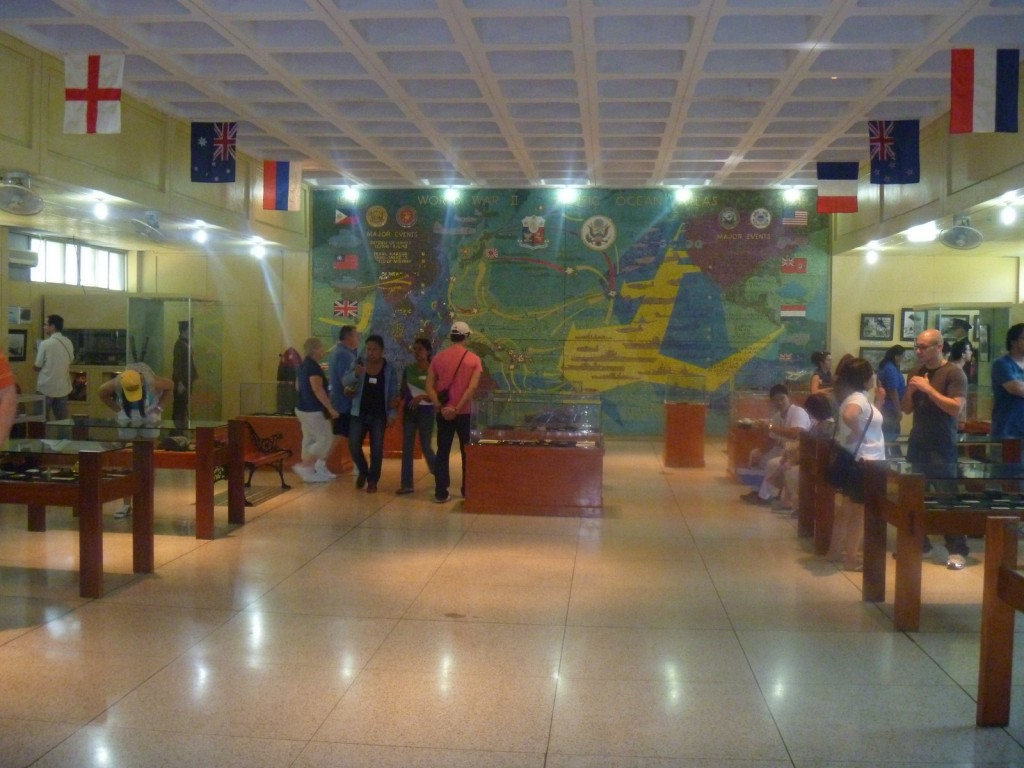
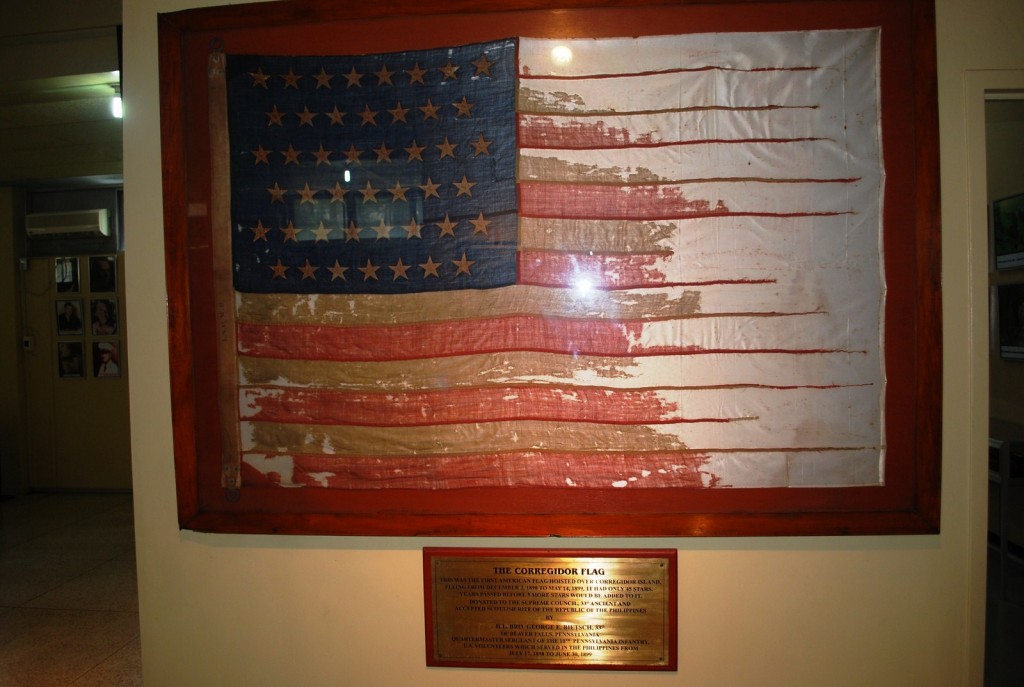
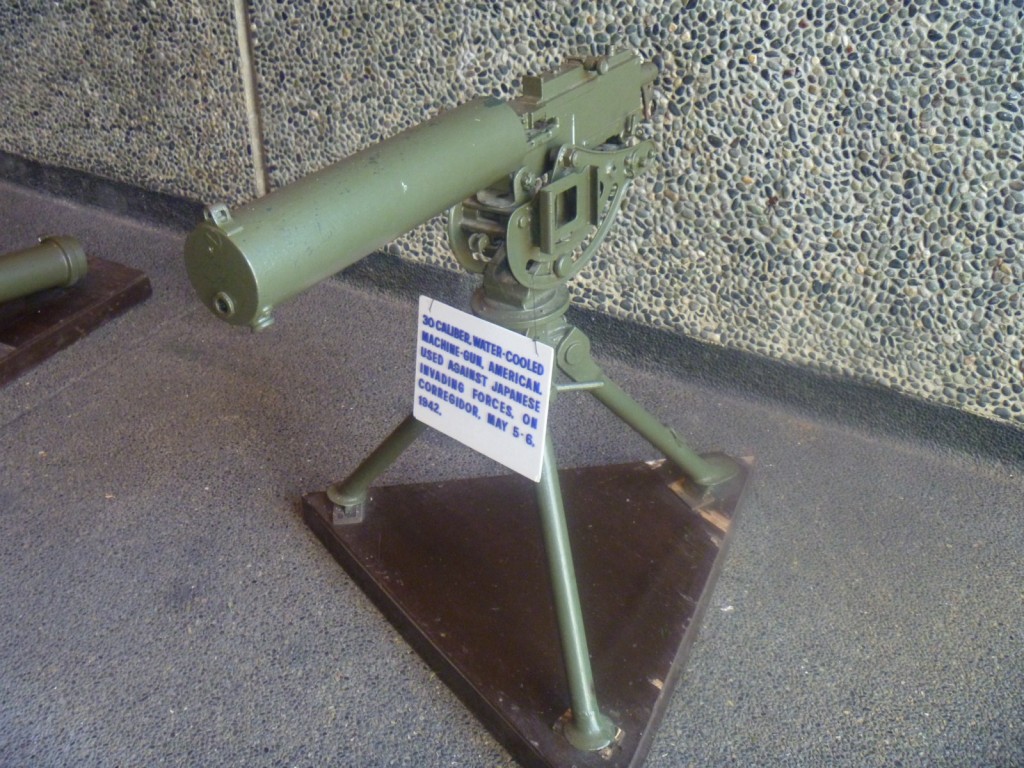
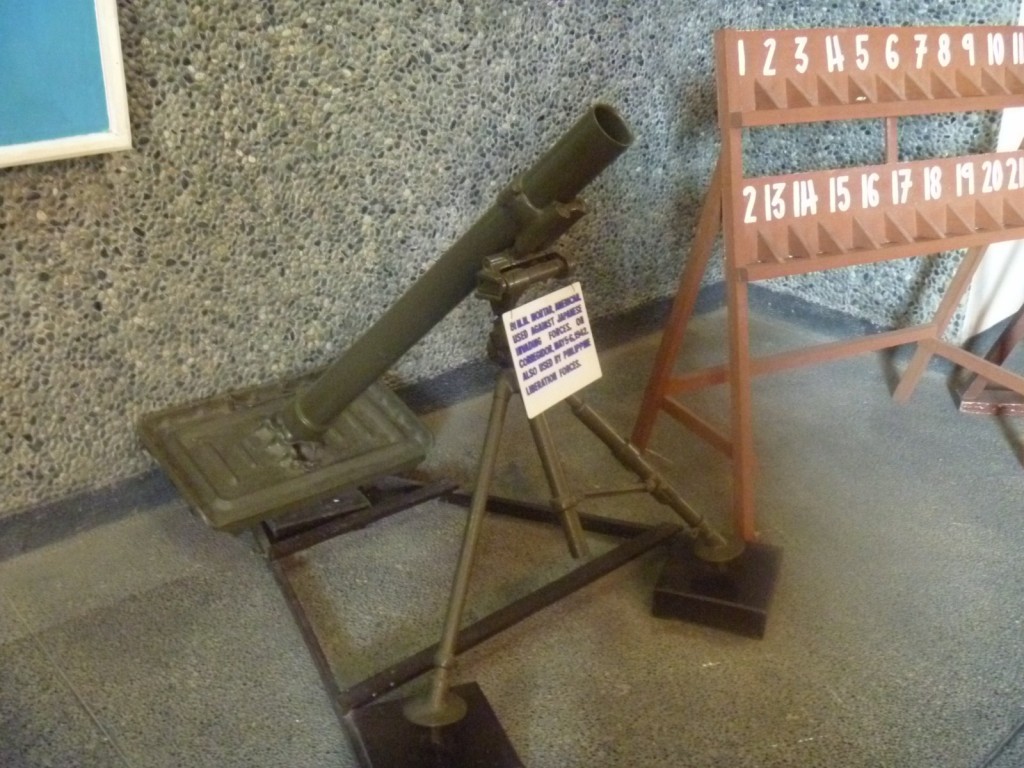
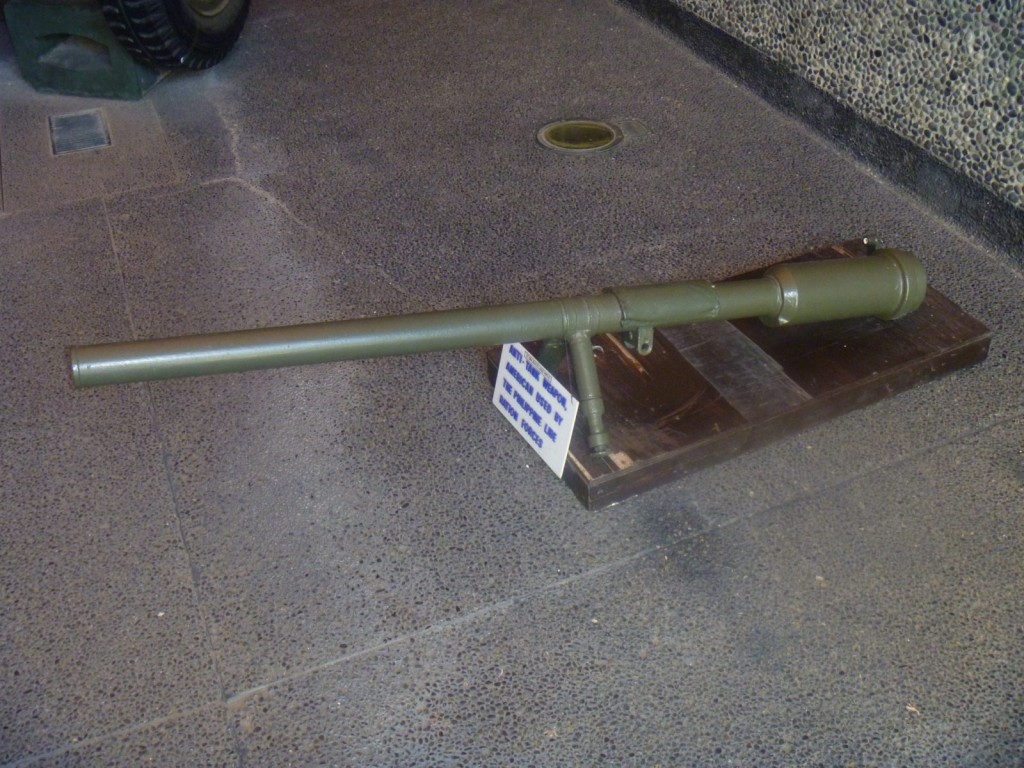
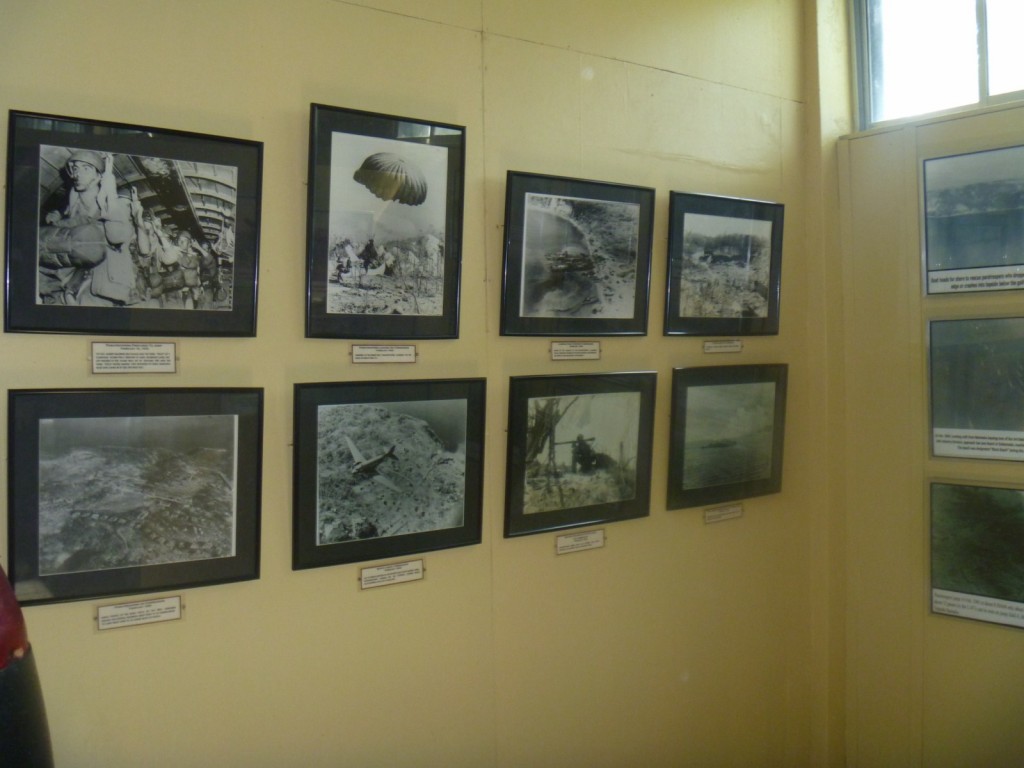
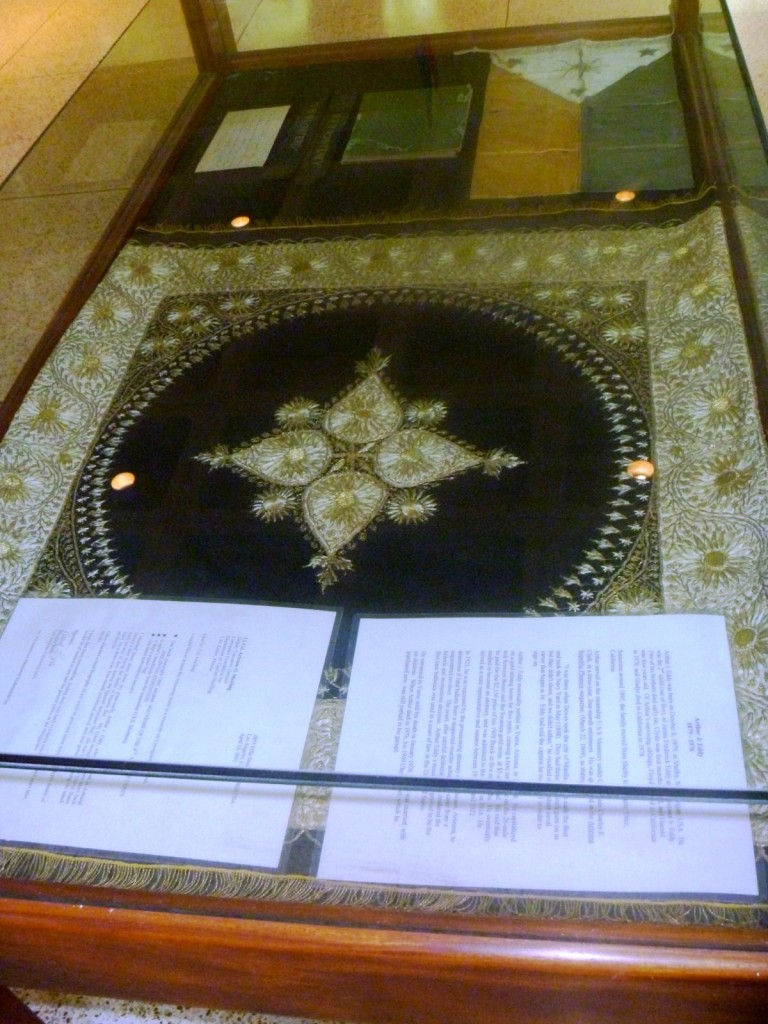
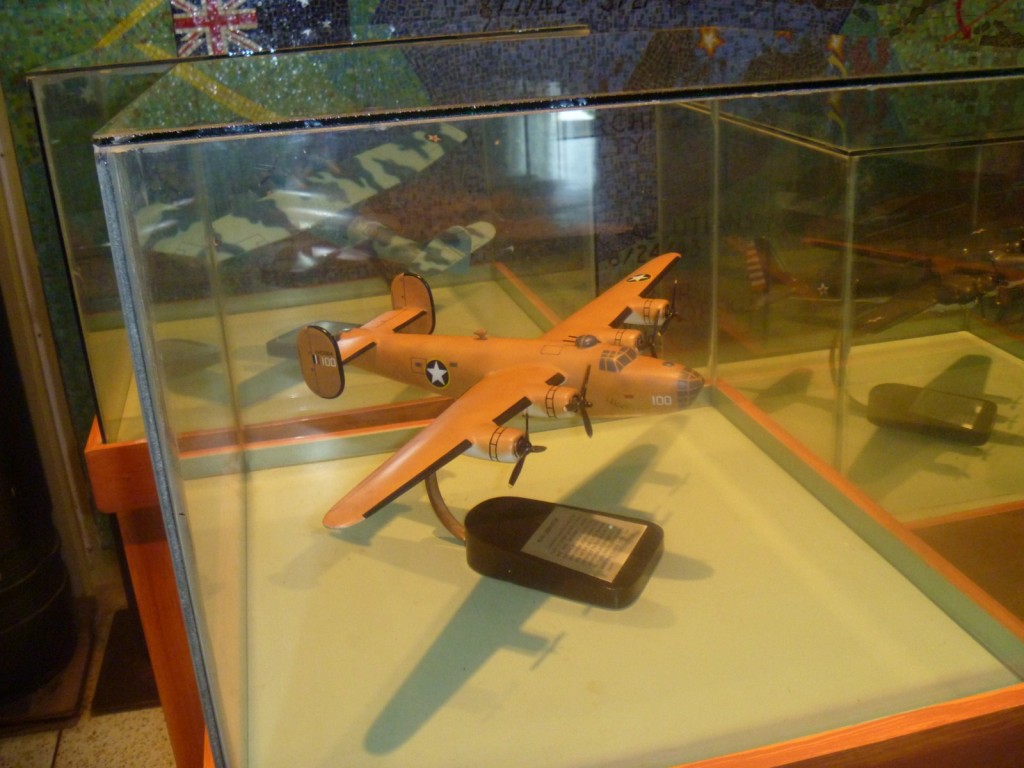
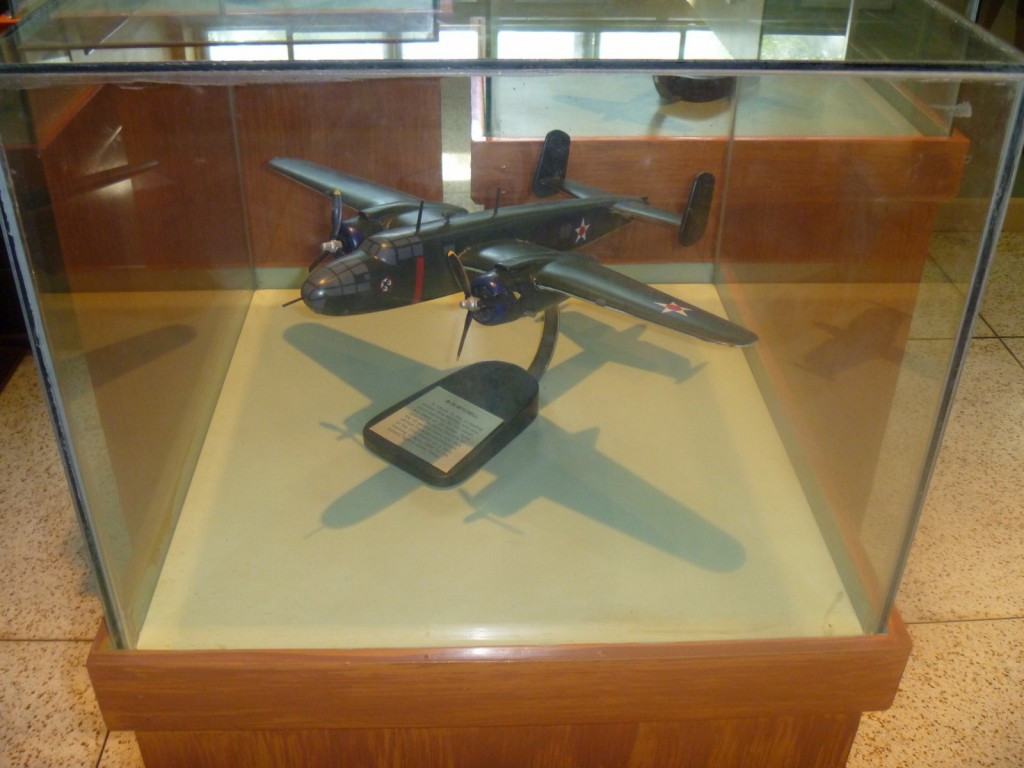
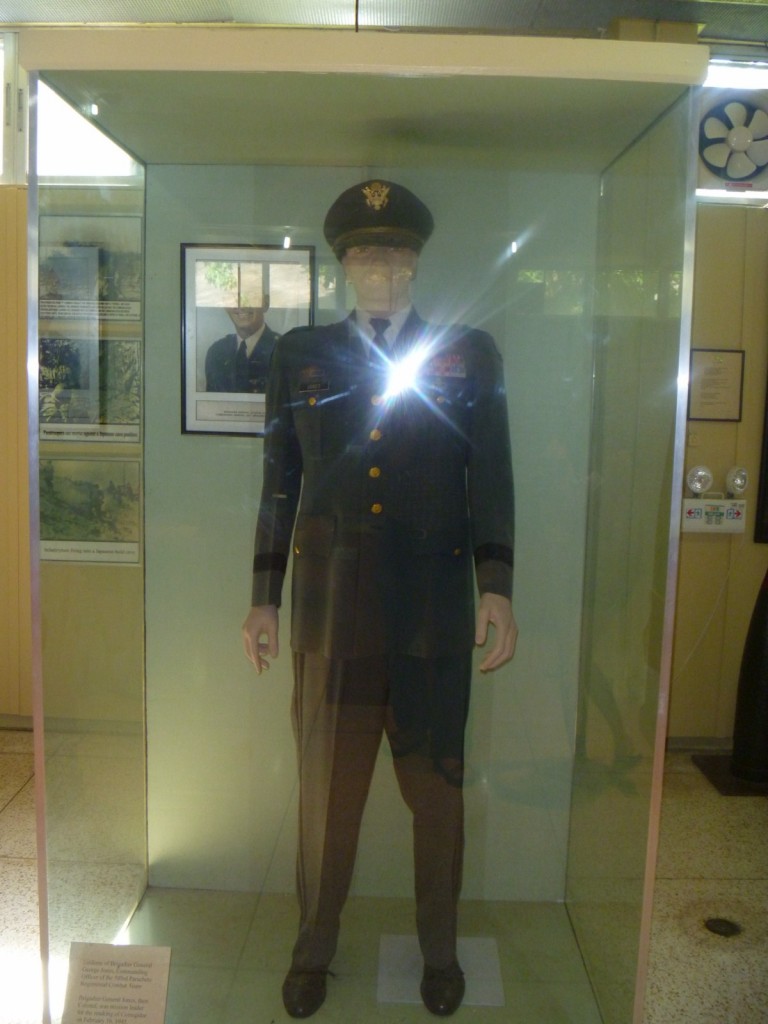
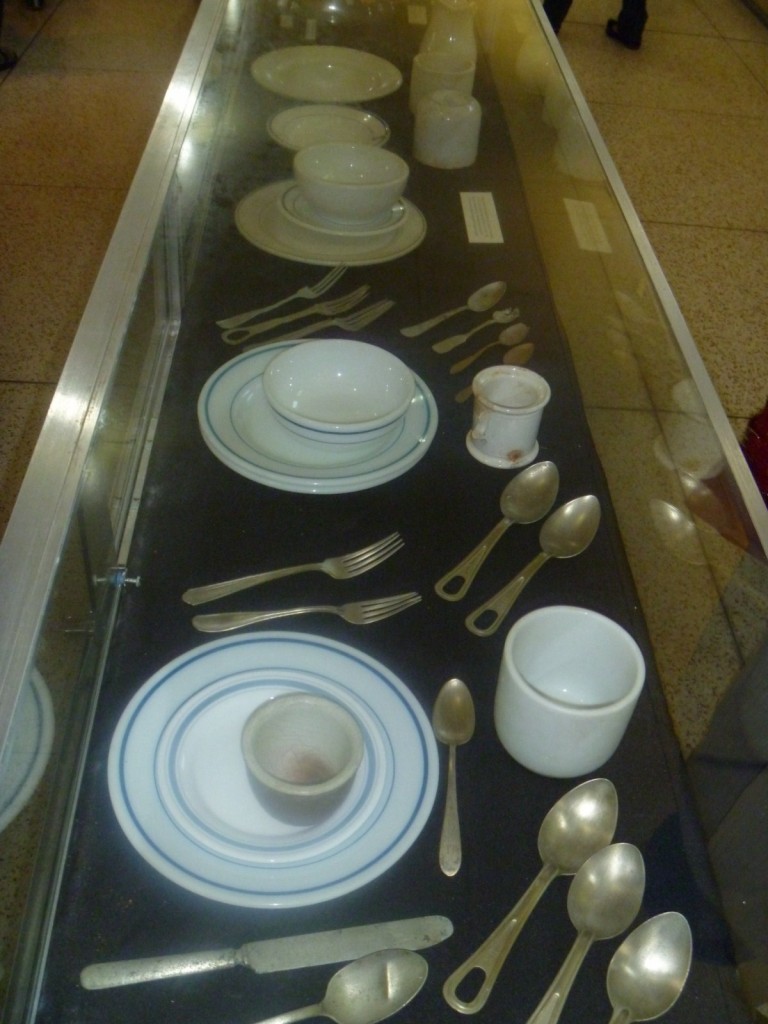
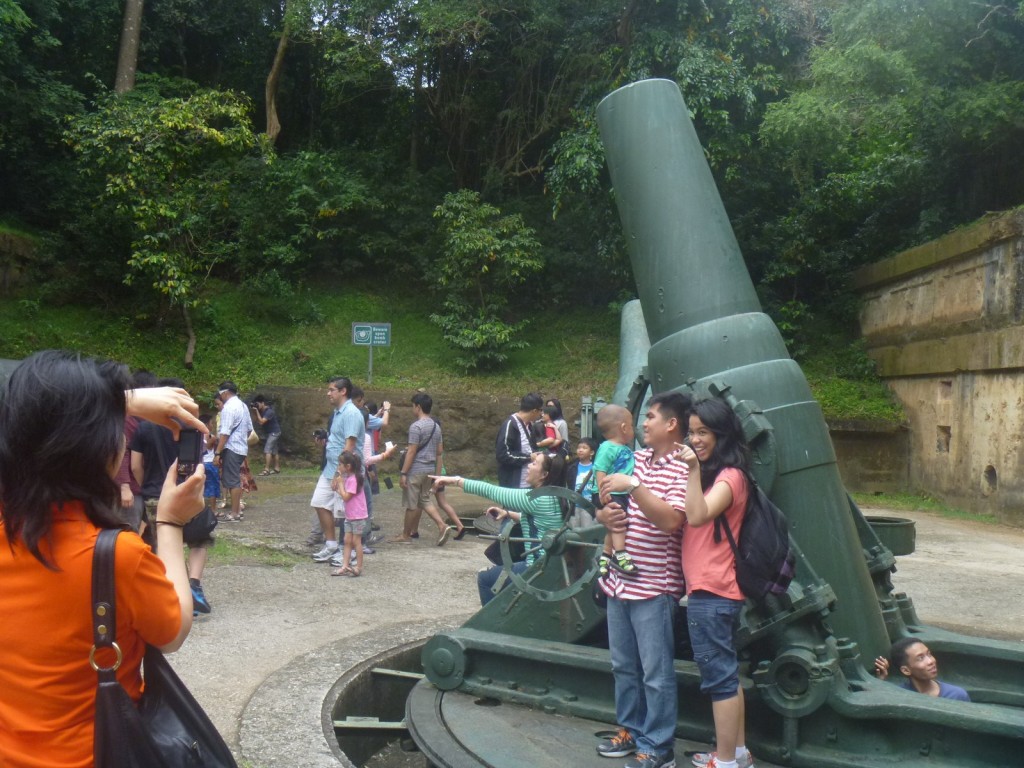
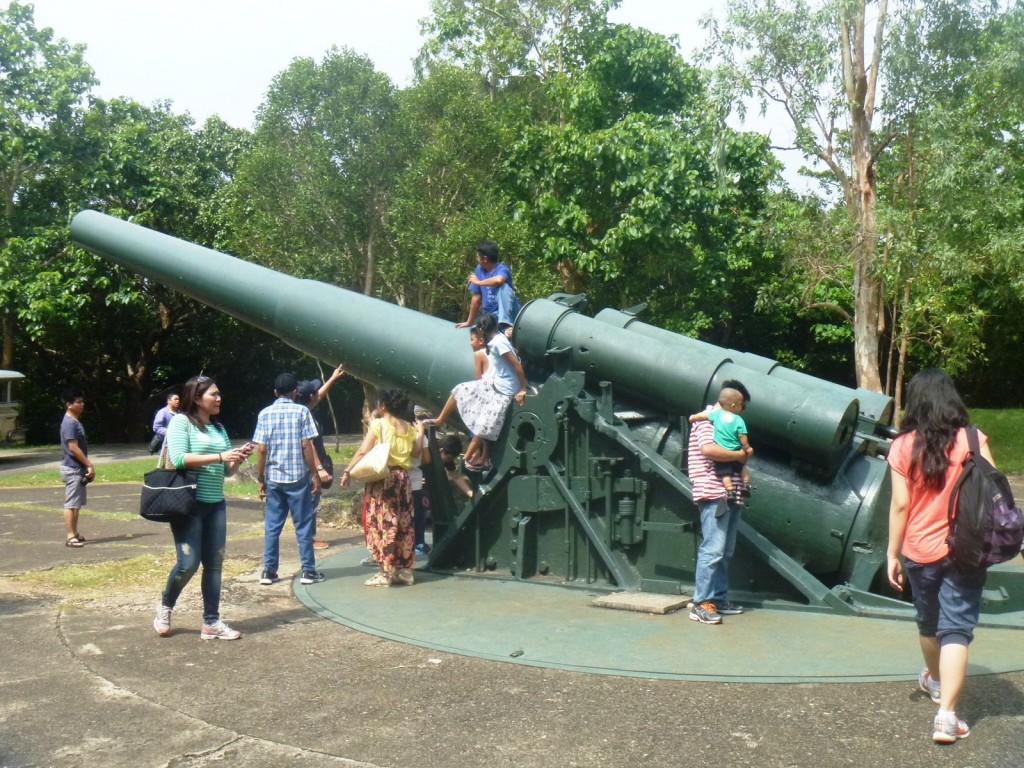
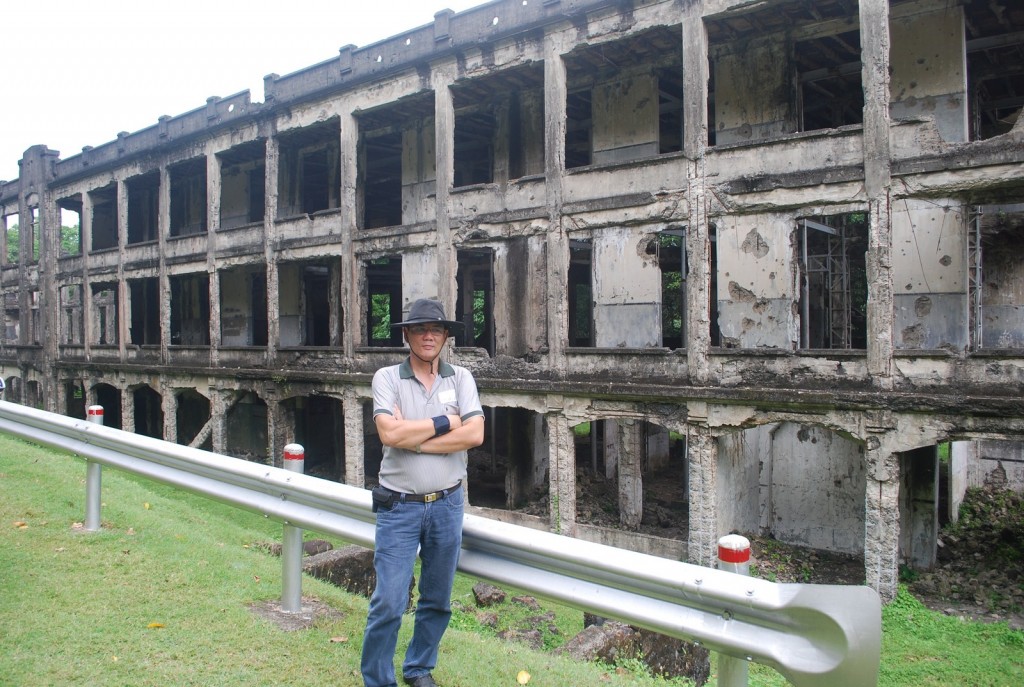
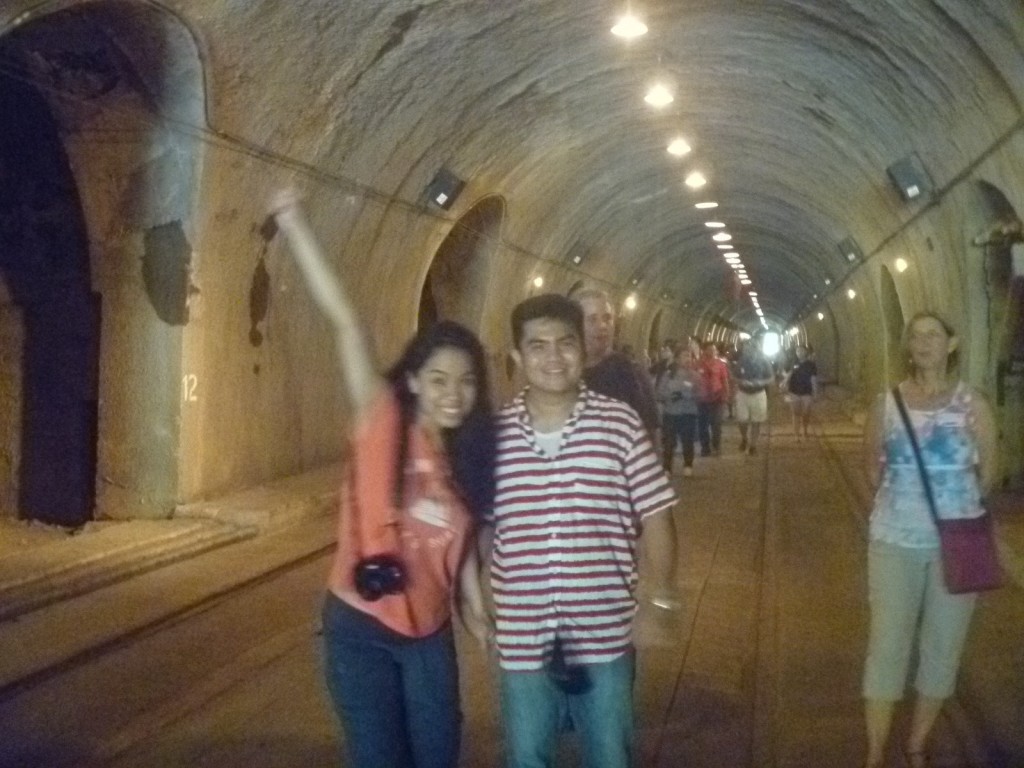
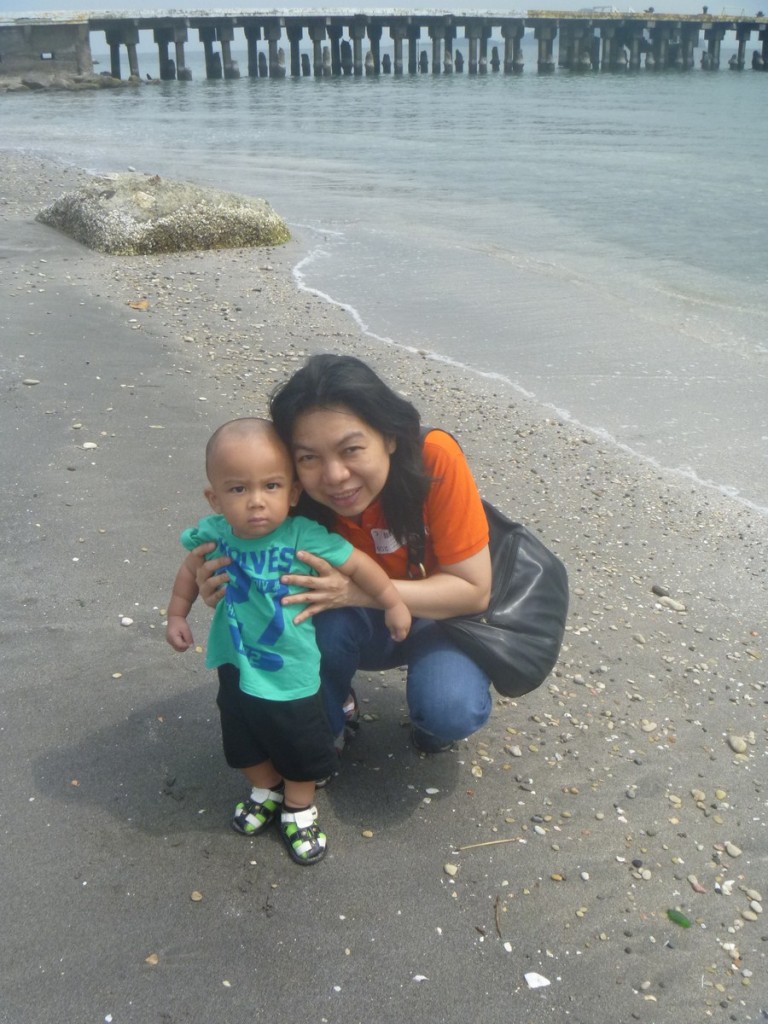
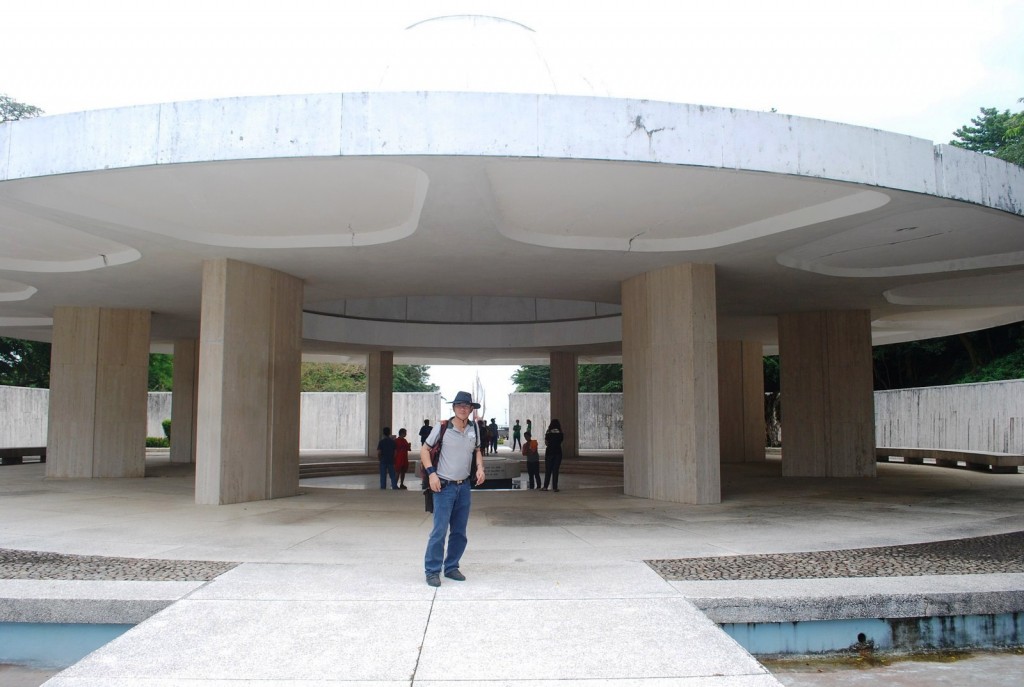
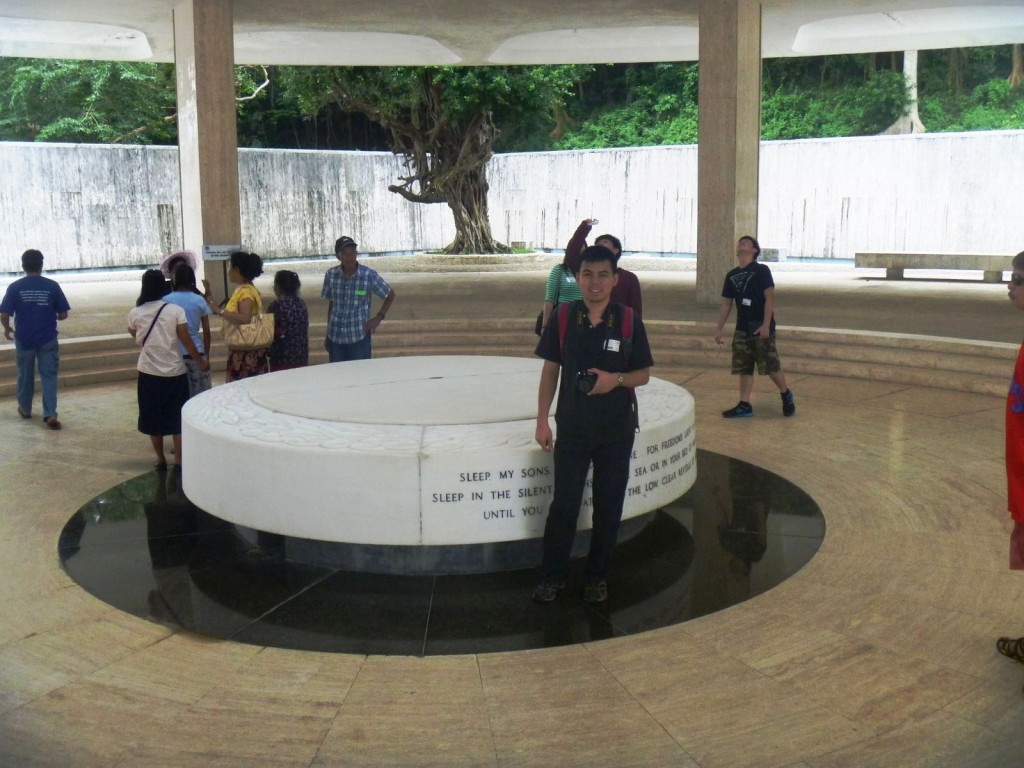
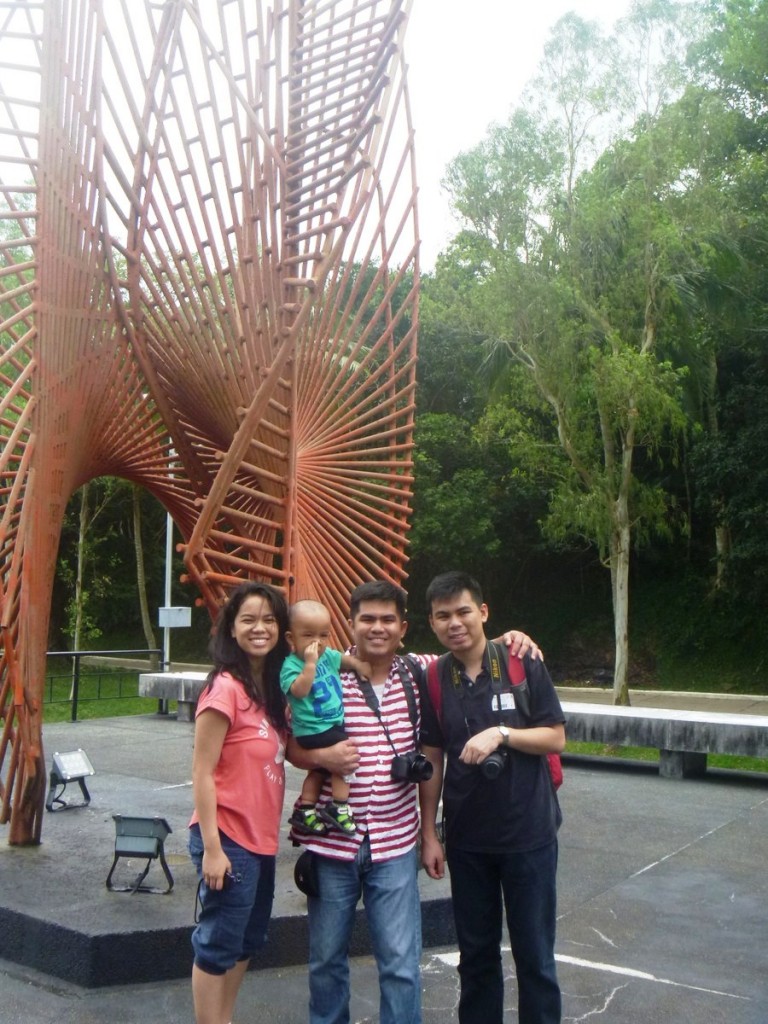
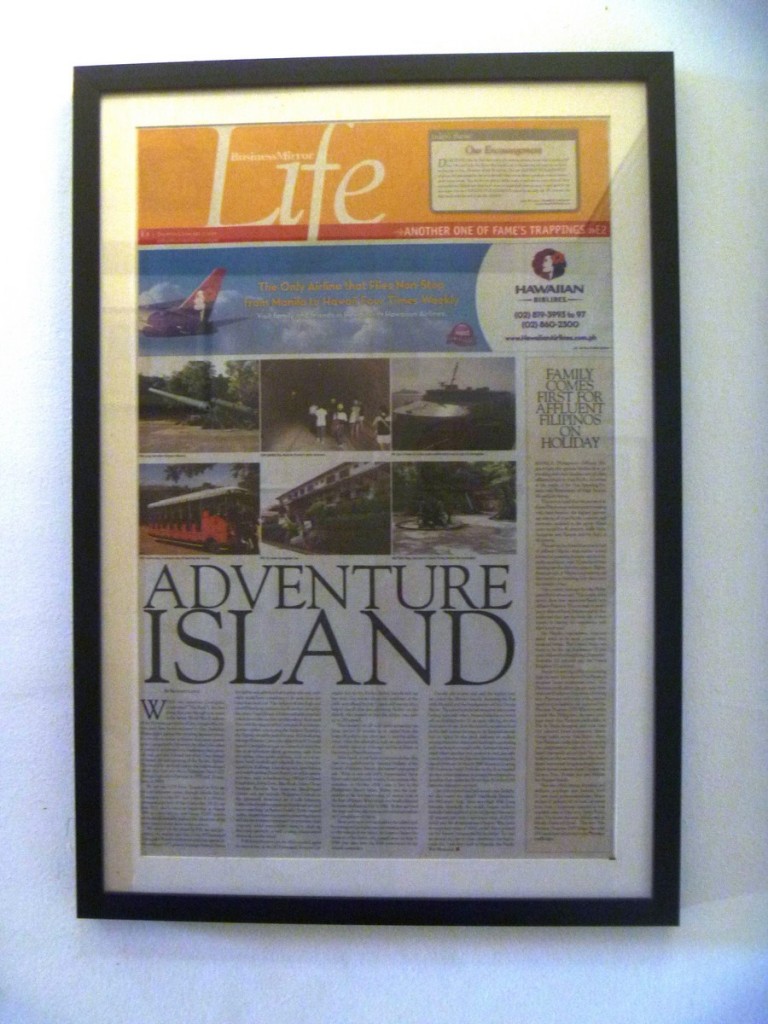
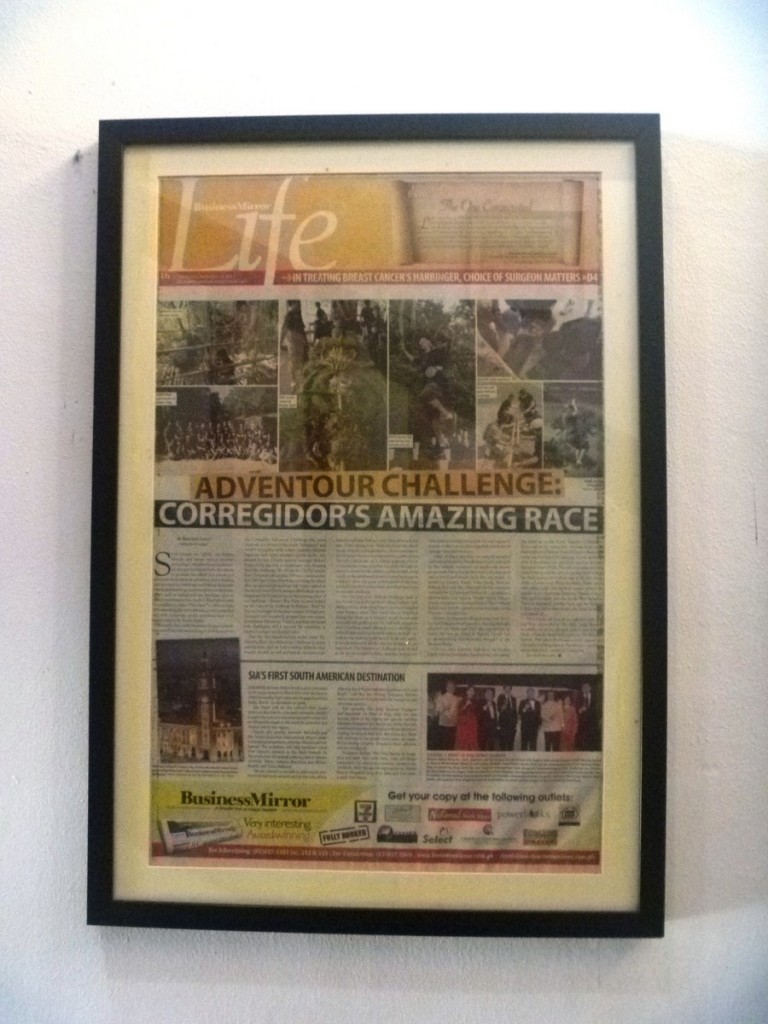
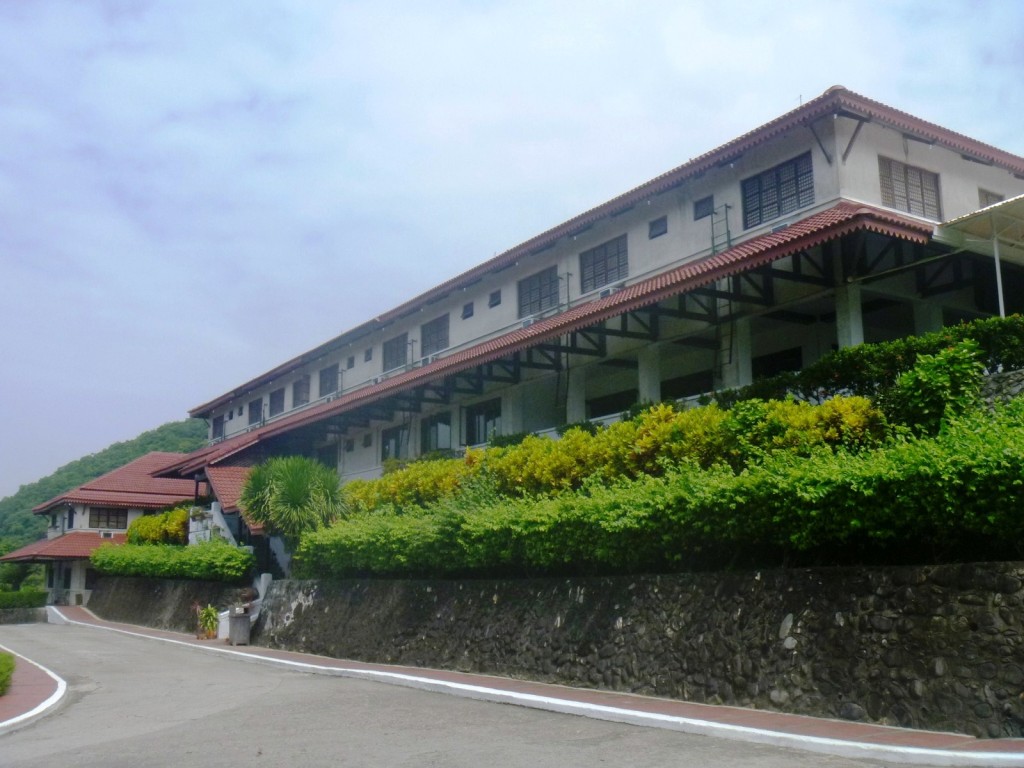
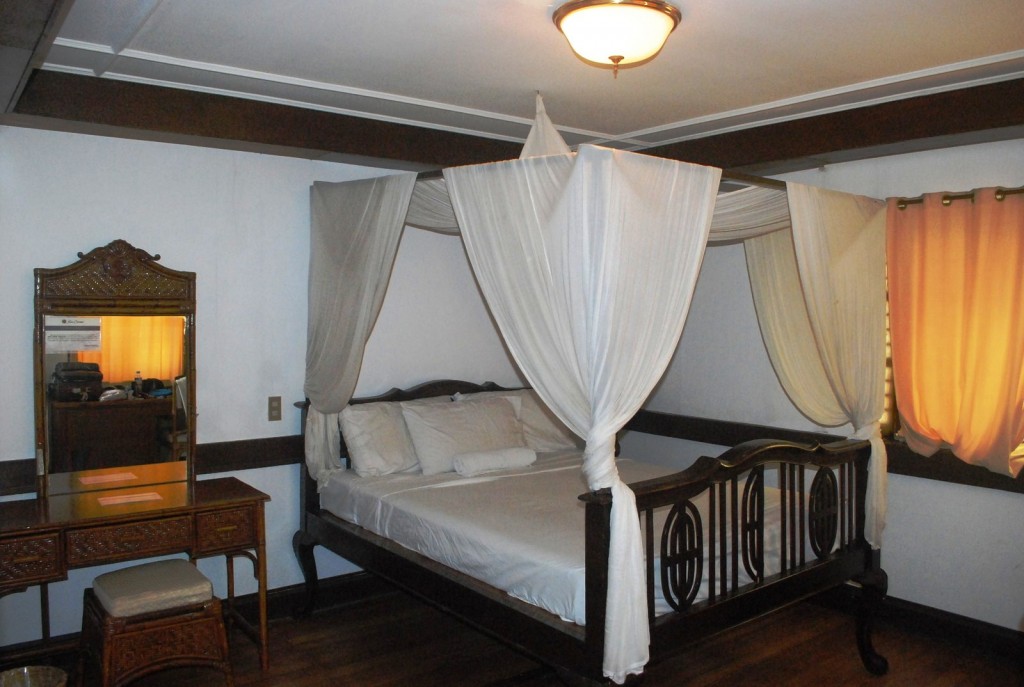
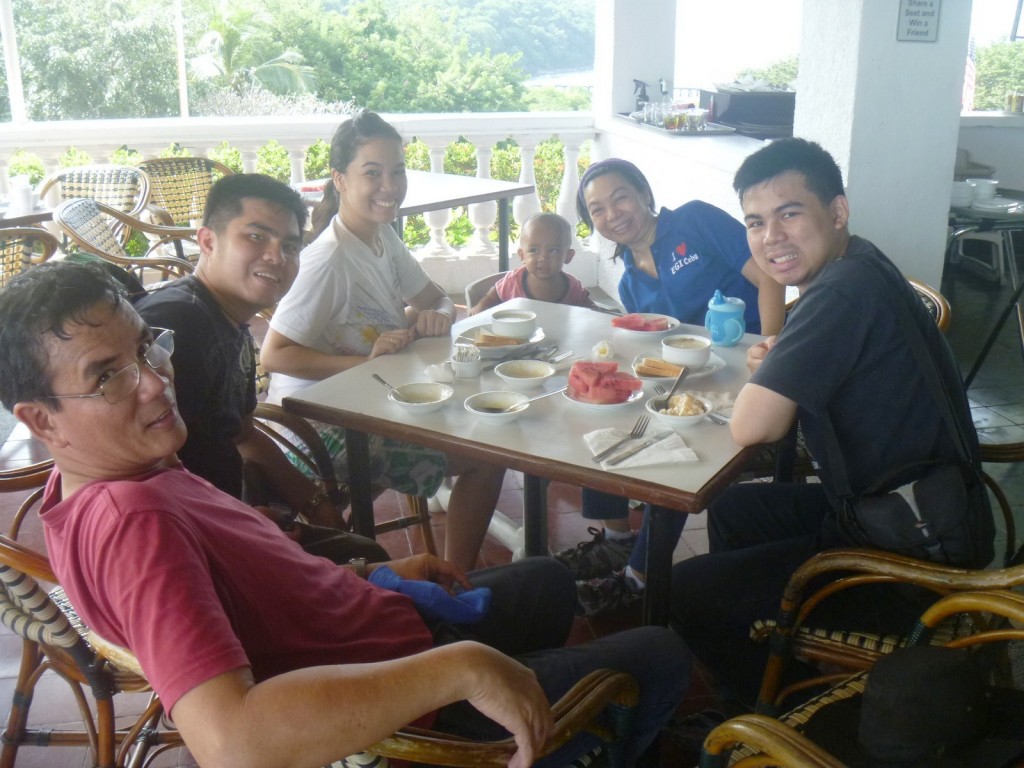

.jpg)